As far back as I can remember, we’ve had my great grandpa’s photos in the house. Old black and whites of people I never knew but who were always familiar. And not just his work but his image. In fact, I think every household in his direct line has the same exact photo in their hallway or living room or entryway. My cousins, I’m sure, can attest to this. It’s this photo of him, Horace Poolaw, shown here at a lecture given at the Smithsonian National Museum of the American Indian in New York City. Holding tightly his weapon of choice, his Graflex Speed Graphic, a stoic gaze on his face. I learned to read the exhibition title “War Bonnets, Tin Lizzies and Patent Leather Pumps: Kiowa Culture in Transition” during my formative years thanks to a poster that hung in our kitchen. That text so etched into my memory that I didn’t even have to Google it to include it here. Although he passed not long after I was born, he has always been very present, and I’d like to think he’d be proud that his great-granddaughter is never without a camera in hand.
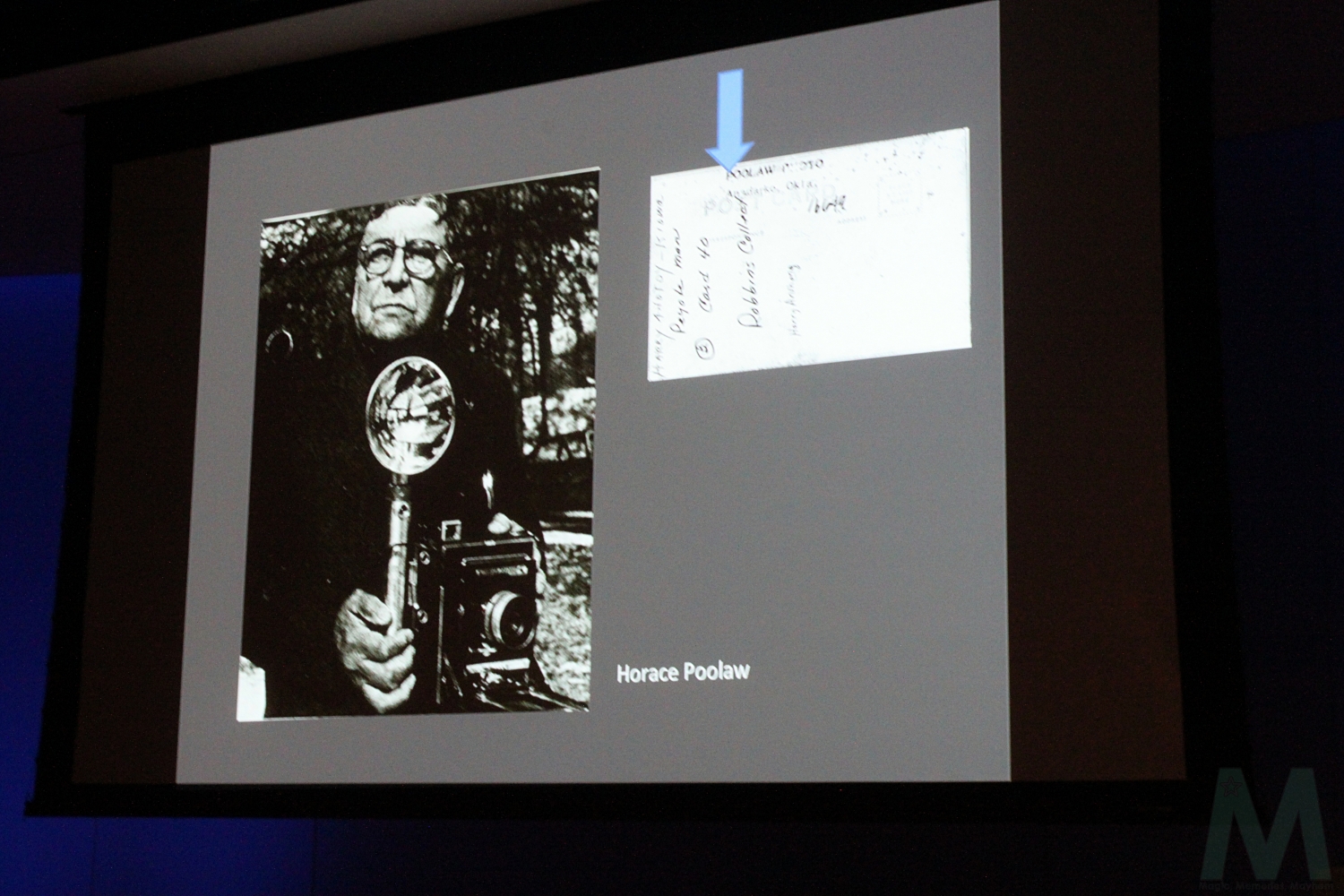
I remember trekking out to Stanford as a kindergartener with most of the Poolaw clan for the culmination of my grandma Linda Poolaw’s Poolaw Photography Project, the aforementioned exhibition. I’d make my way to the opposite coast as a recent college graduate to see just one image in the Museum of Modern Art‘s Into the Sunset: Photography’s Image of the American West. Smaller, local exhibitions dotted the time in between.
As my grandma Linda continued working with various scholars and entities, the news came that the Smithsonian was interested in an exhibition of the photos. How exciting! In November 2014, our nomadic crew once again packed up and went back East to see the exhibition, which had actually opened three months prior. Not only were many of our family members seeing one of my favorite cities in the world, New York City, for the first time, but we all got to see the Poolaw photos on exhibit in the Smithsonian. THE Smithsonian!
I just adored this last vignette in particular with the collection of family photos. It evoked feelings of sitting in grandma’s house gazing at the familiar faces adorning her living room wall. Many of the faces seen in this display were with us at the exhibition! My mom is the little girl standing up in the bottom birthday party picture, and that’s her sitting on the couch with my grandma in the museum. I was kind of bummed this didn’t make it to the Washington D.C. exhibit “as is,” but as you’ll see, it didn’t really fit the modern layout.
Again, in November of 2016, we were honored and excited to attend the opening of For a Love of His People at the Washington D.C. National Museum of the American Indian. Even more of our family was able to join us at the Smithsonian in D.C. for another momentous occasion celebrating my great grandfather’s work over, appropriately, Veteran’s Day weekend.
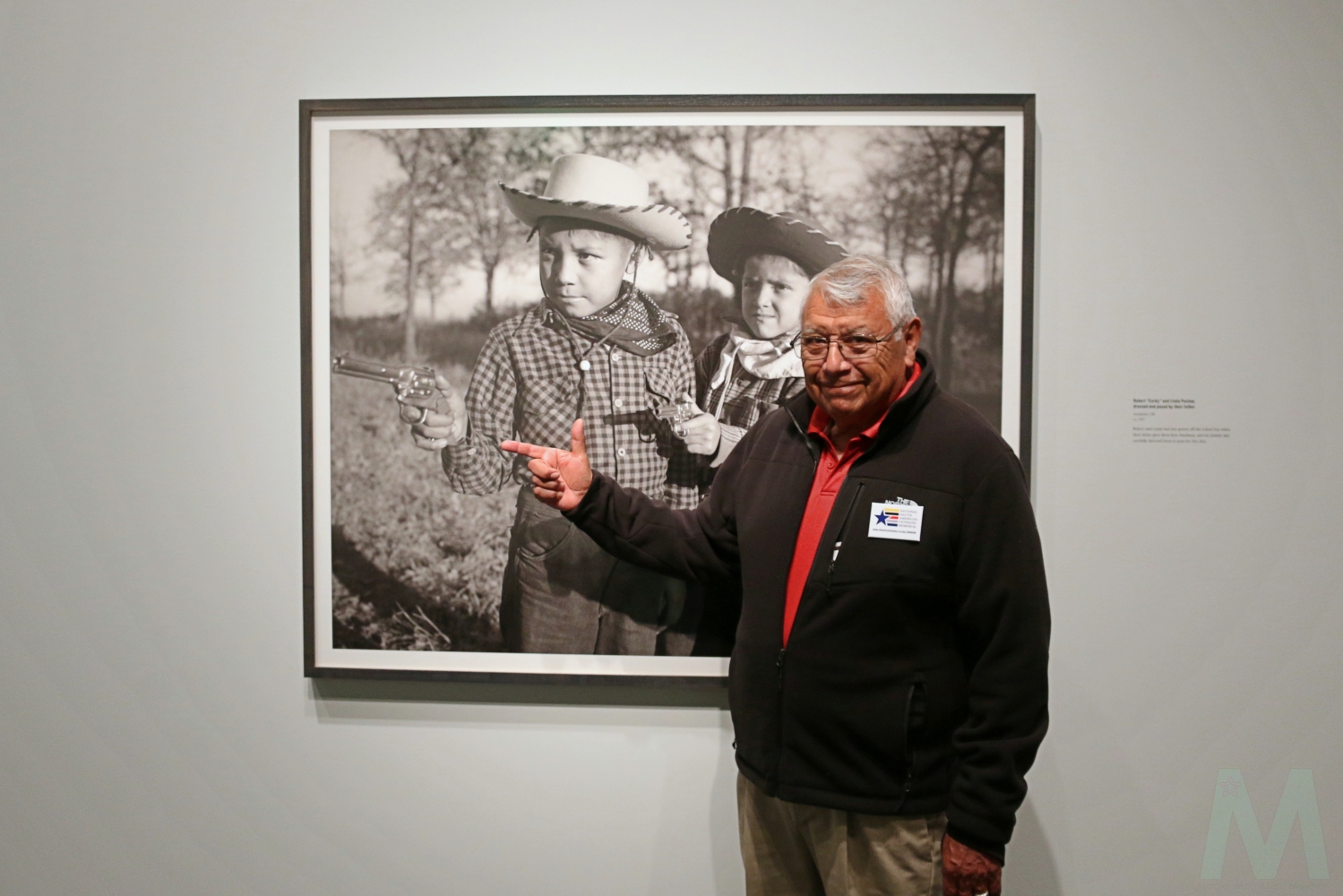
I hope soon we’re able to bring the exhibition to Oklahoma, as many of the people photographed and/or their relatives were not able to see the photos on display. The collection proved to be a nostalgic and enjoyable journey into the past for those who were able to experience the exhibition. Case in point, my gpa recreating his pose “cowboys and Indians” pose.
It is not lost on me how lucky I am to be able to see my family history in print thanks to the prolific work of my great grandpa. While he may have hoped that his people remembered themselves through his photos, he also gave future generations the opportunity to discover where they come from and who they are.

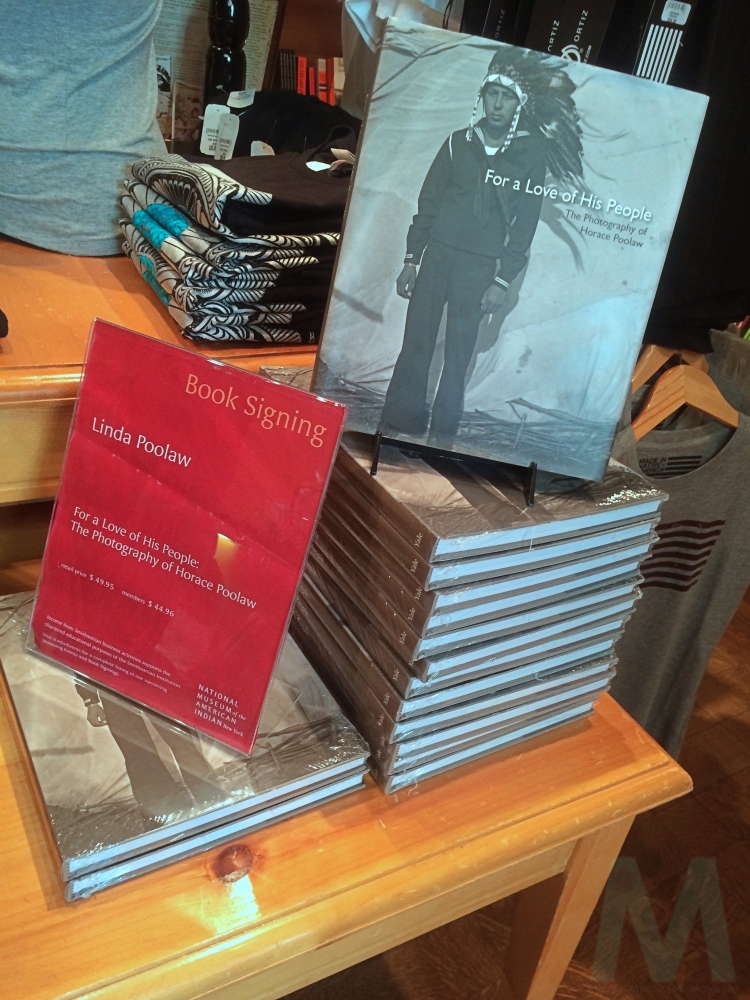
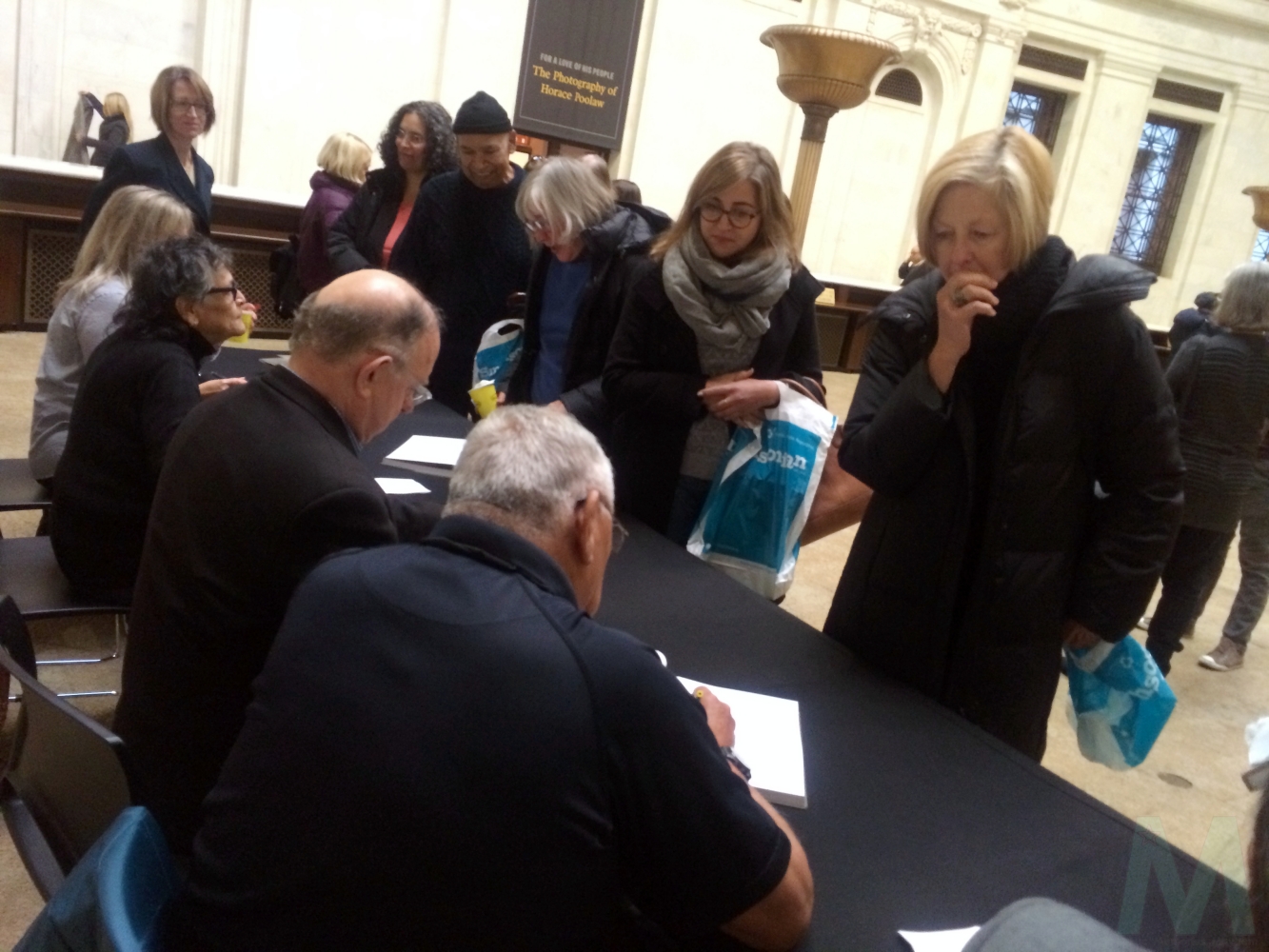
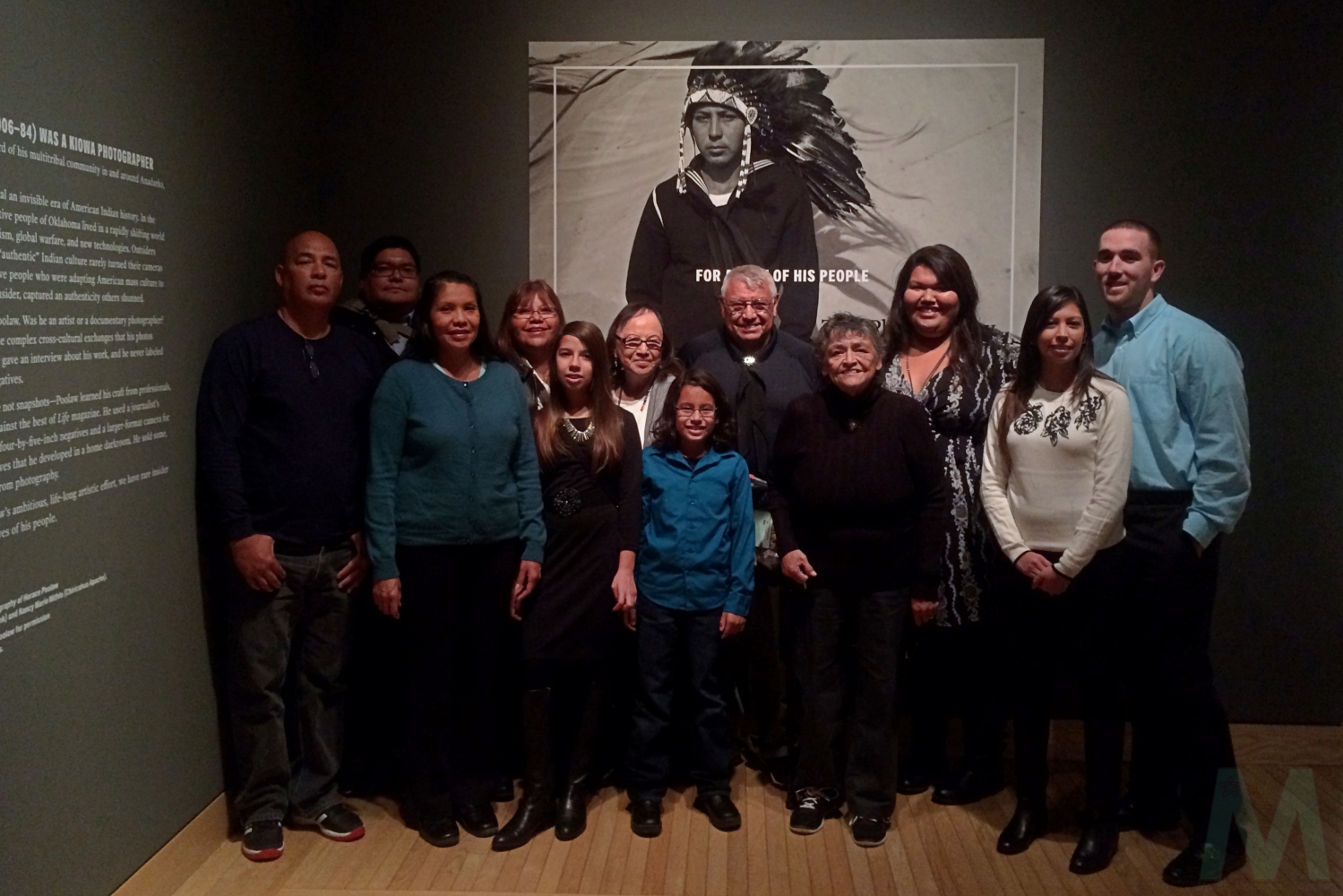
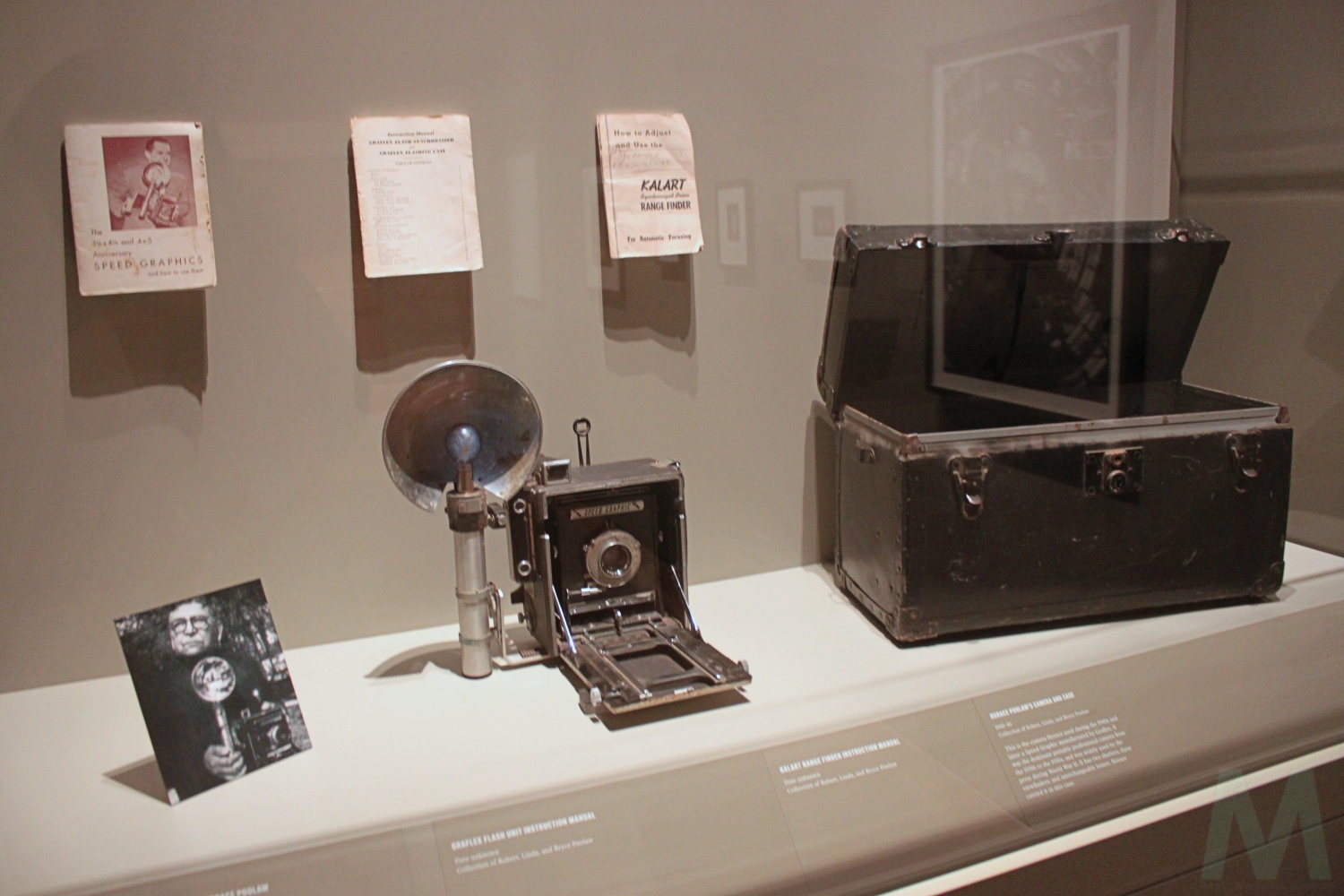
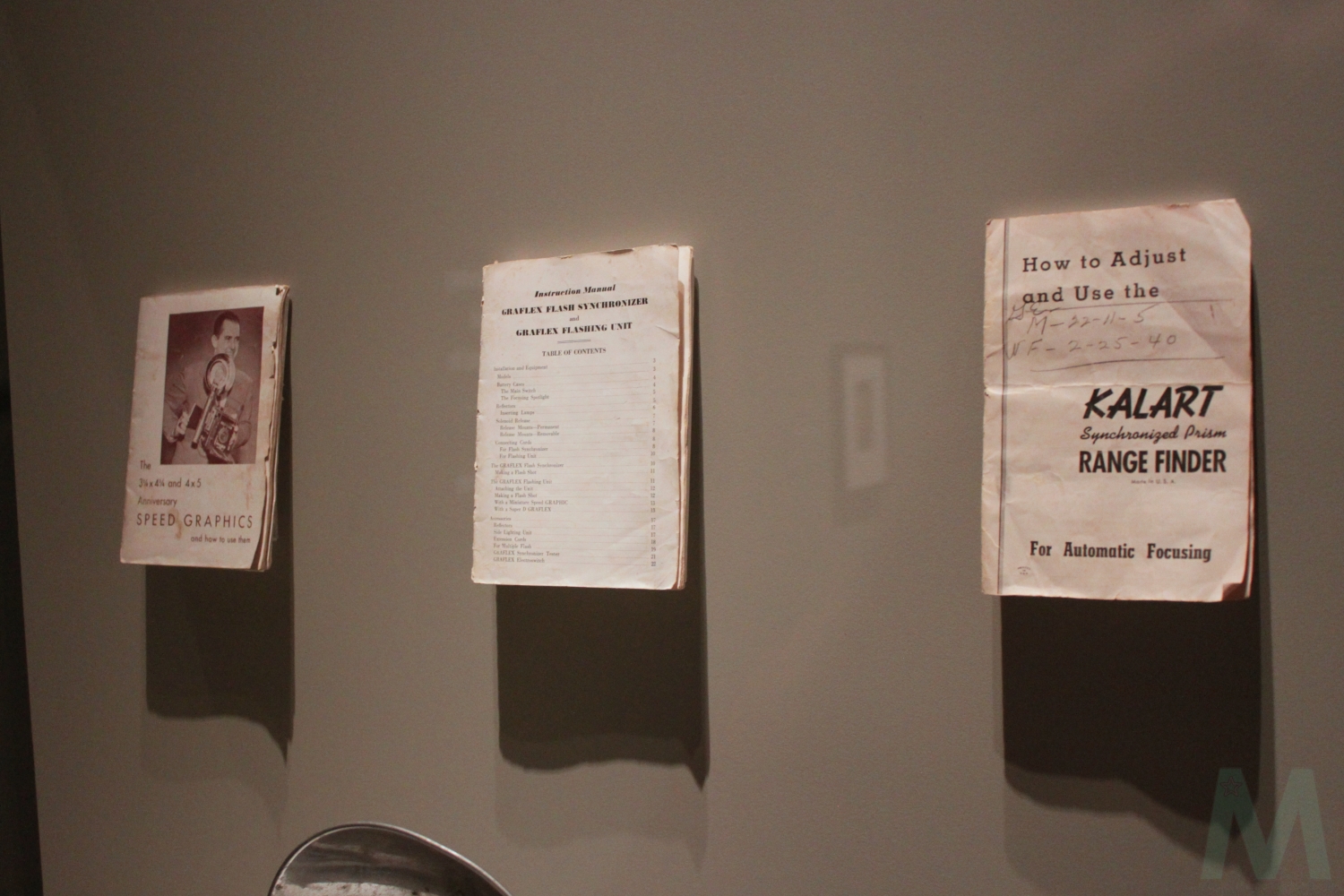
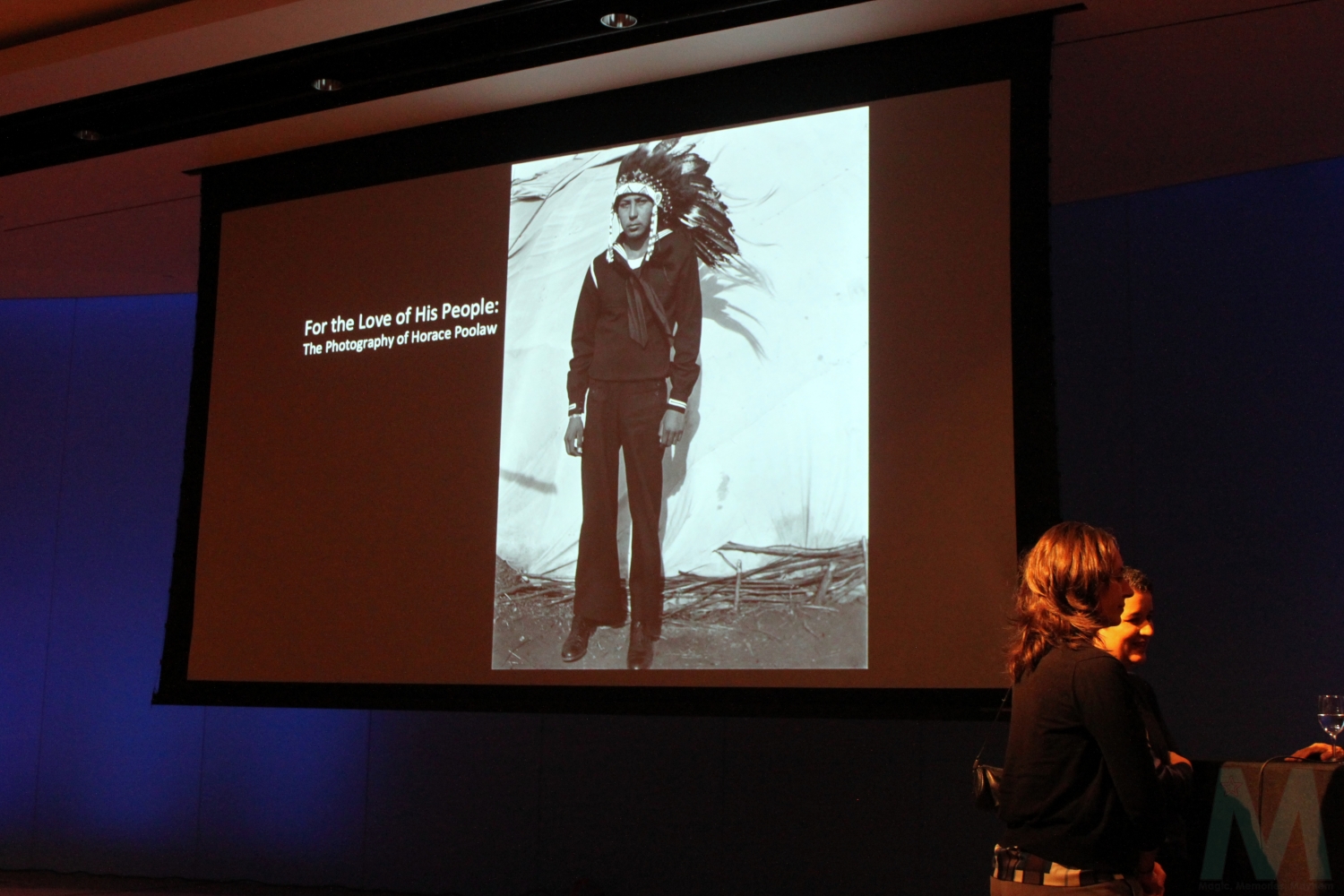
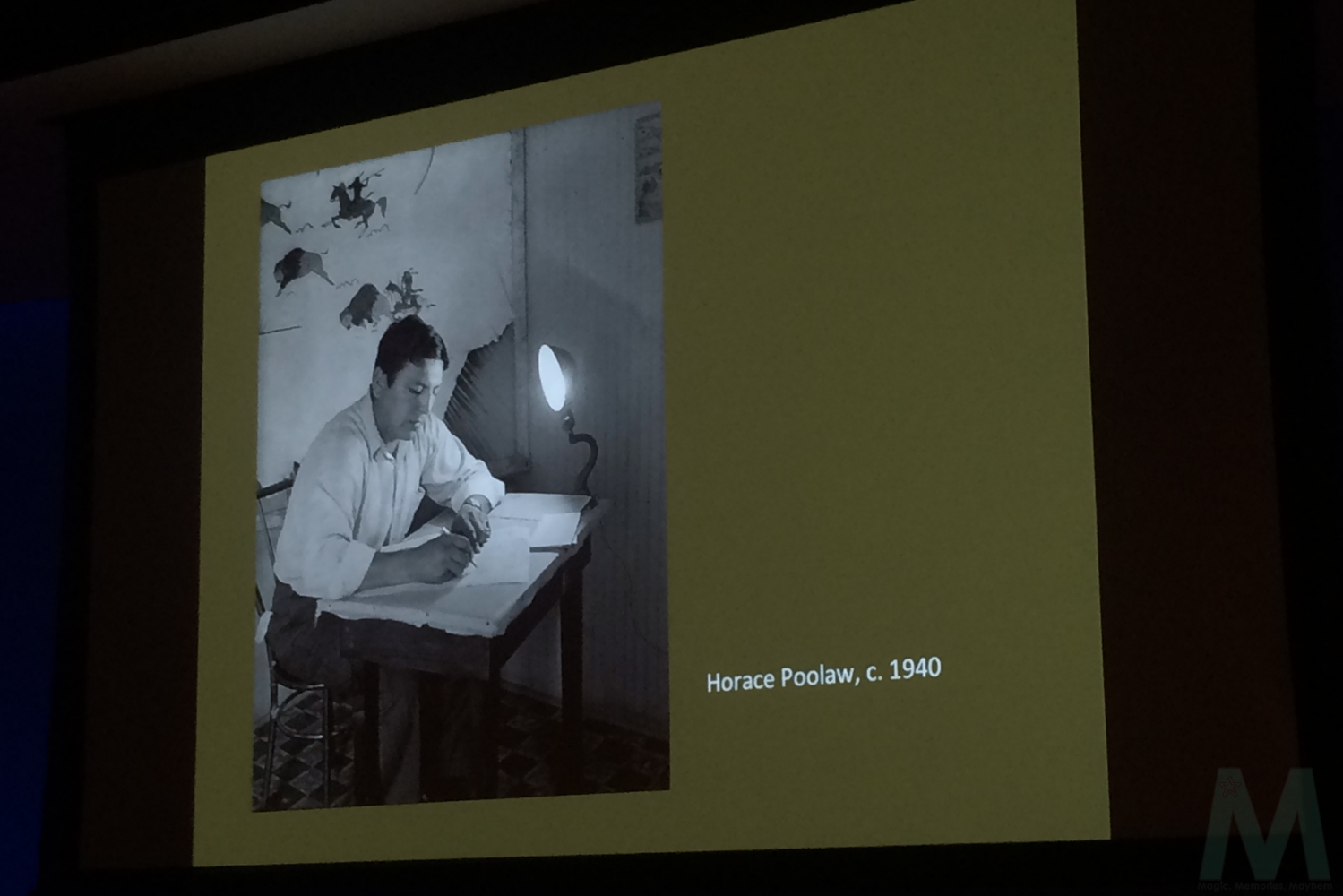

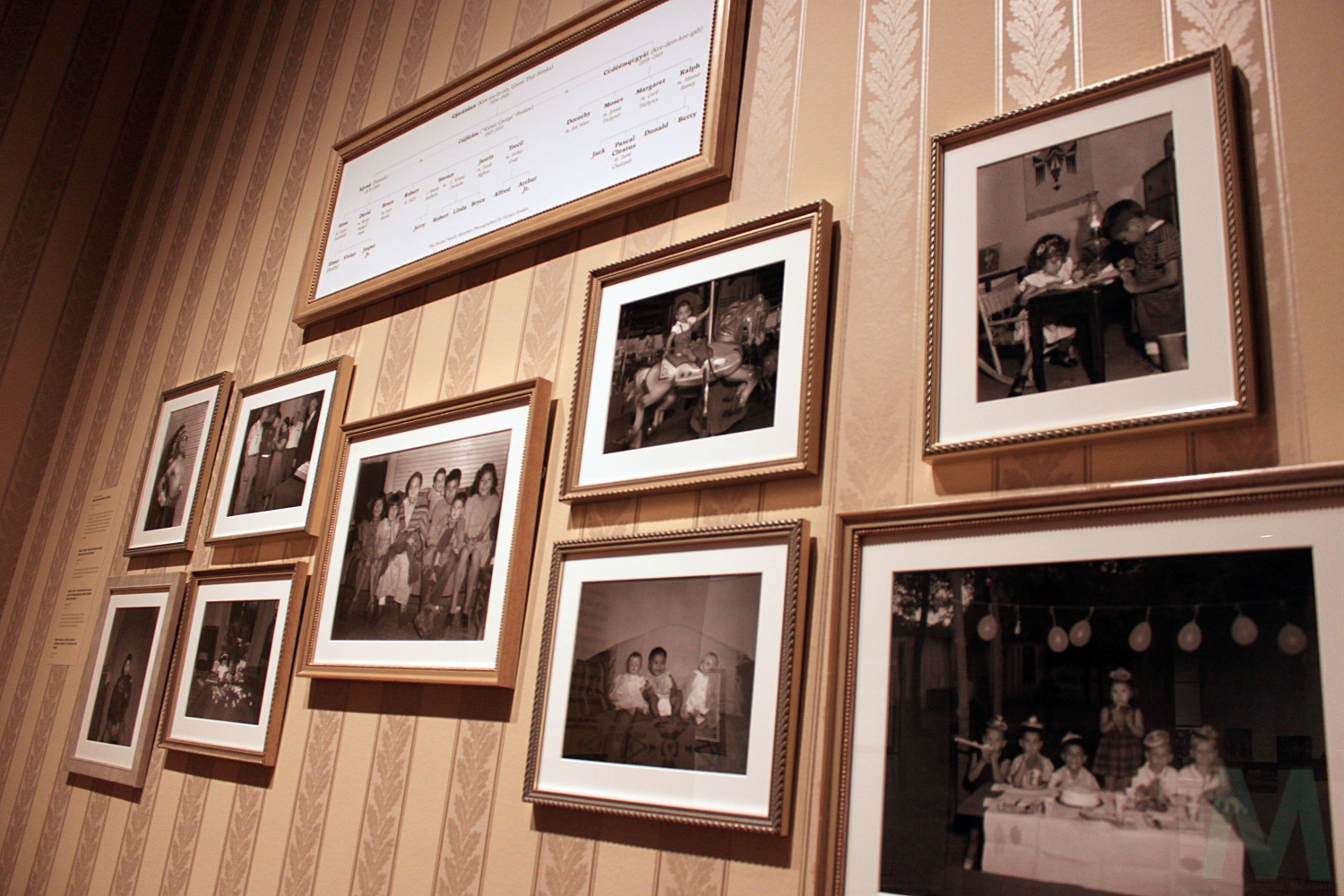
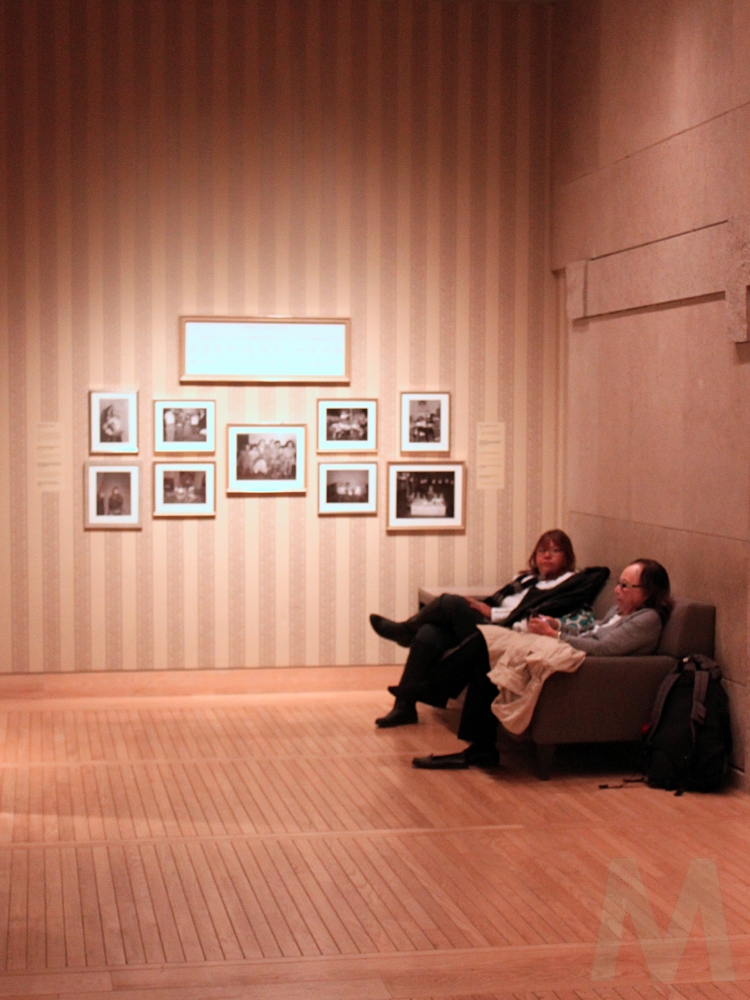
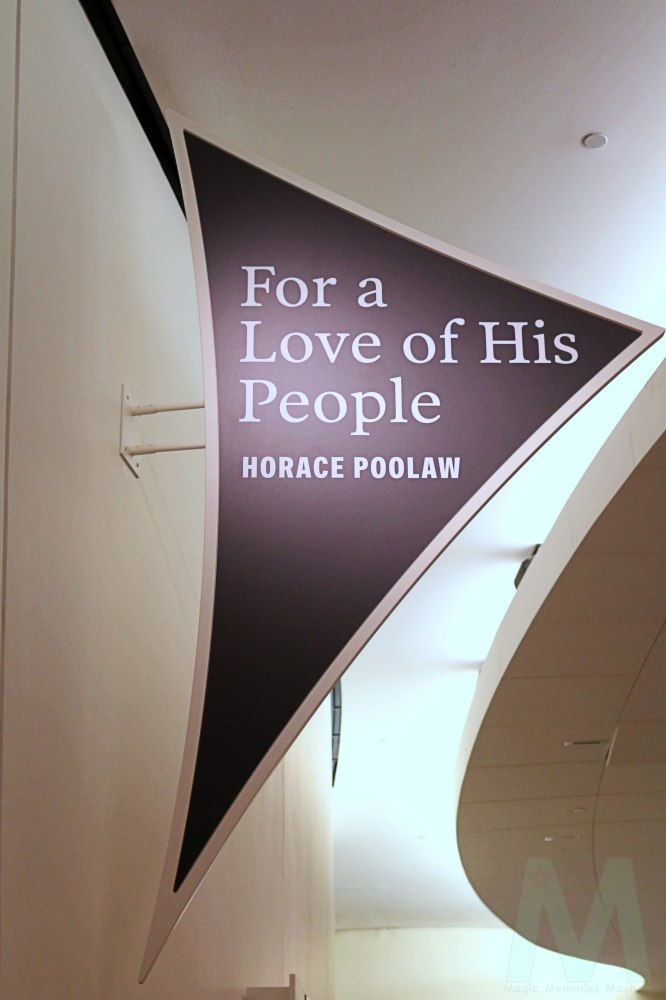
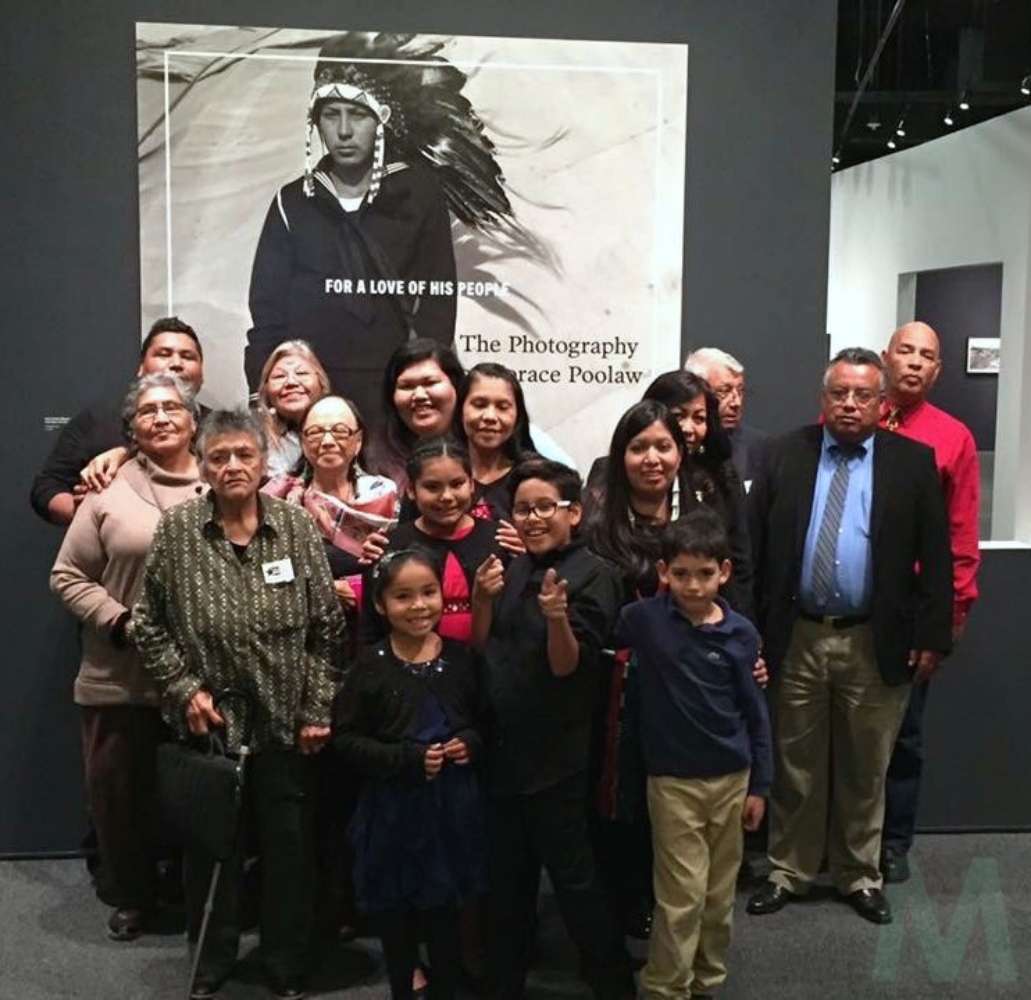
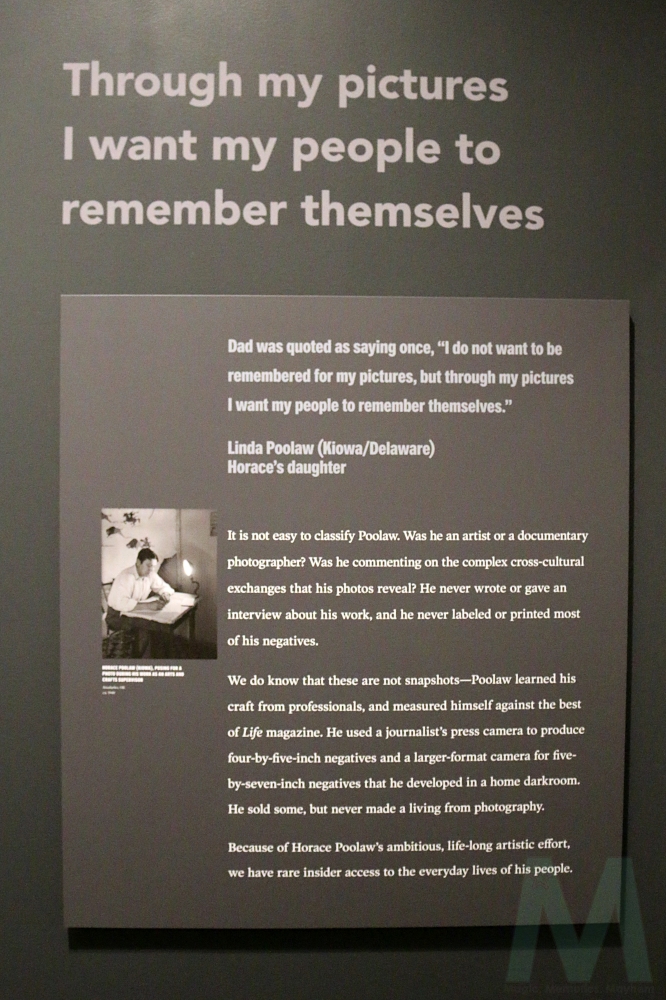
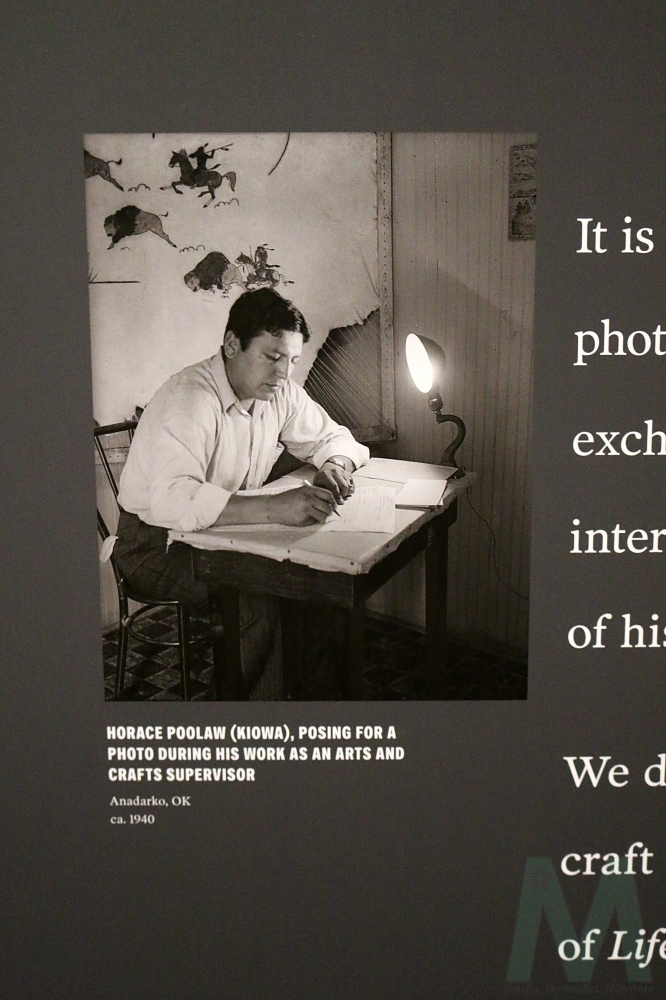
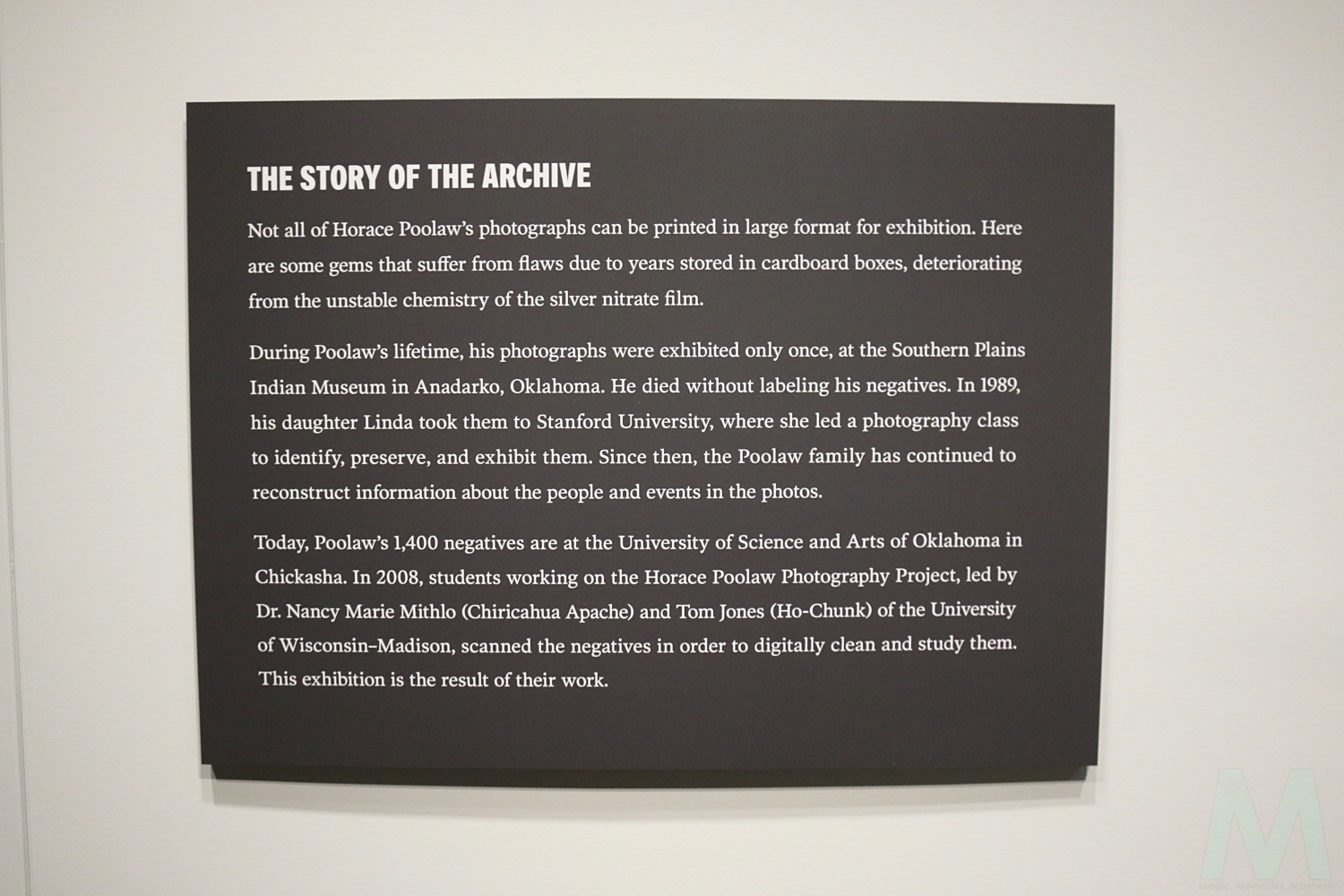
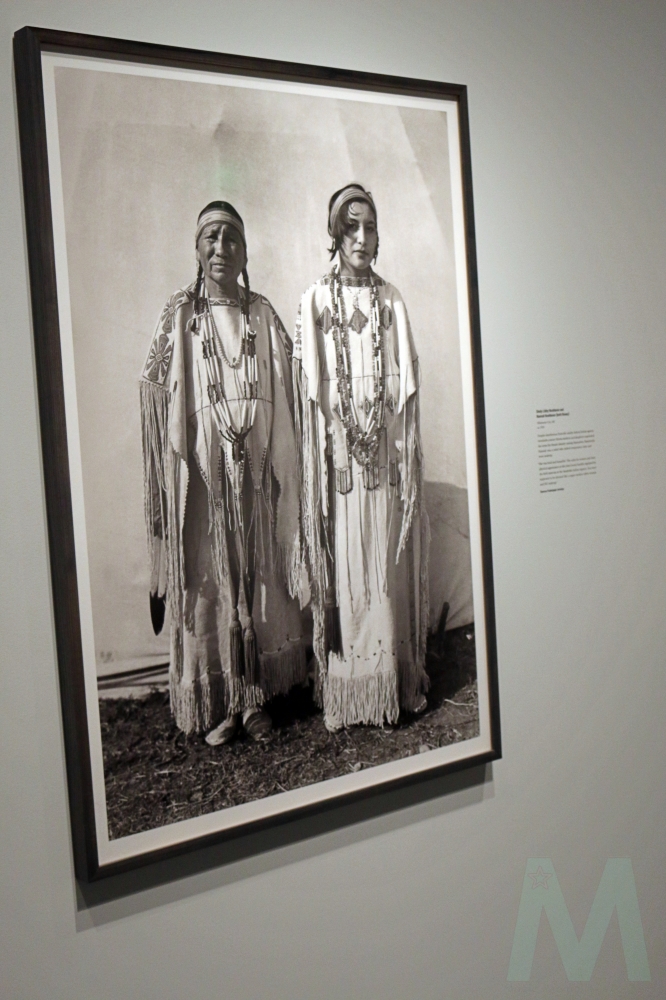
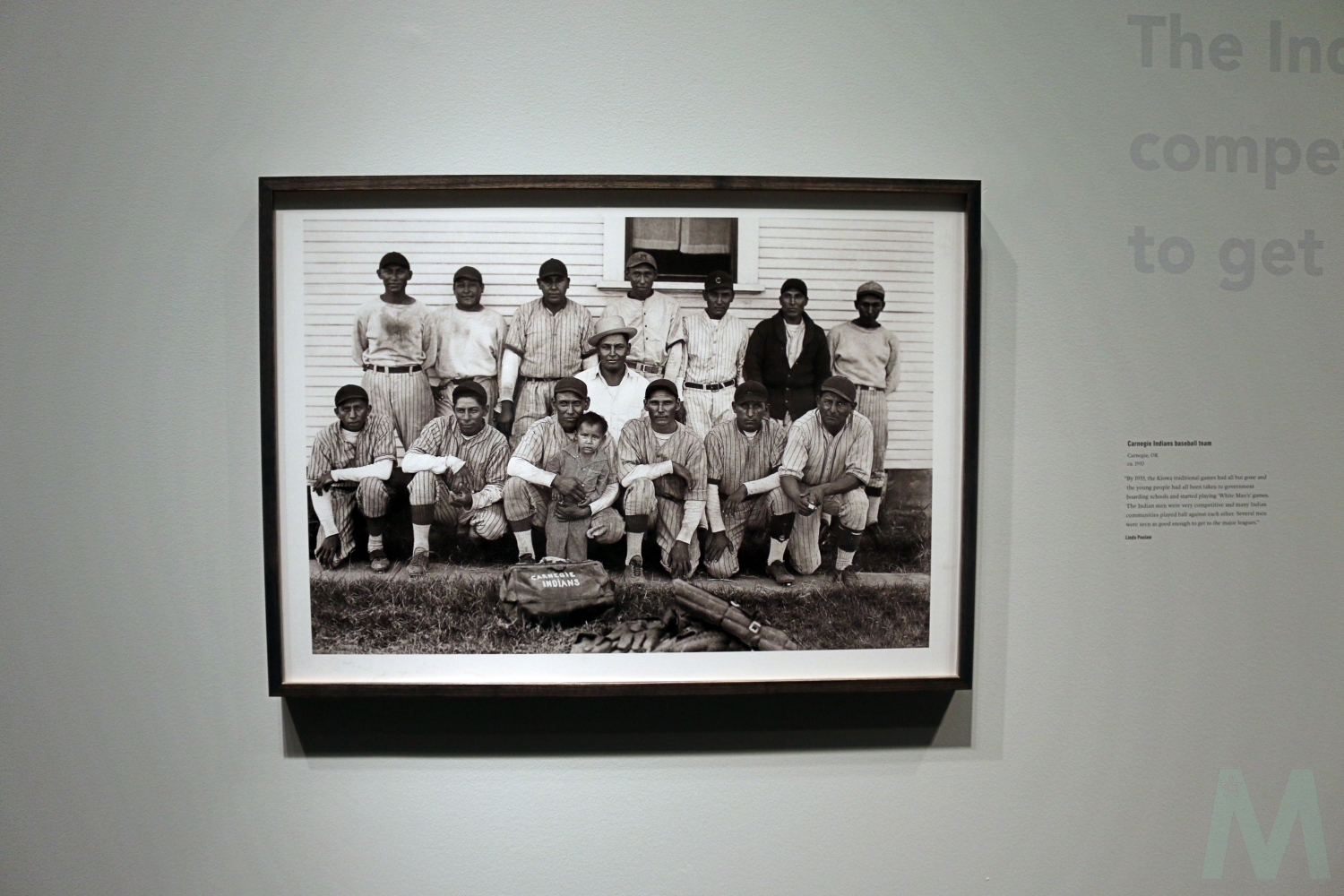
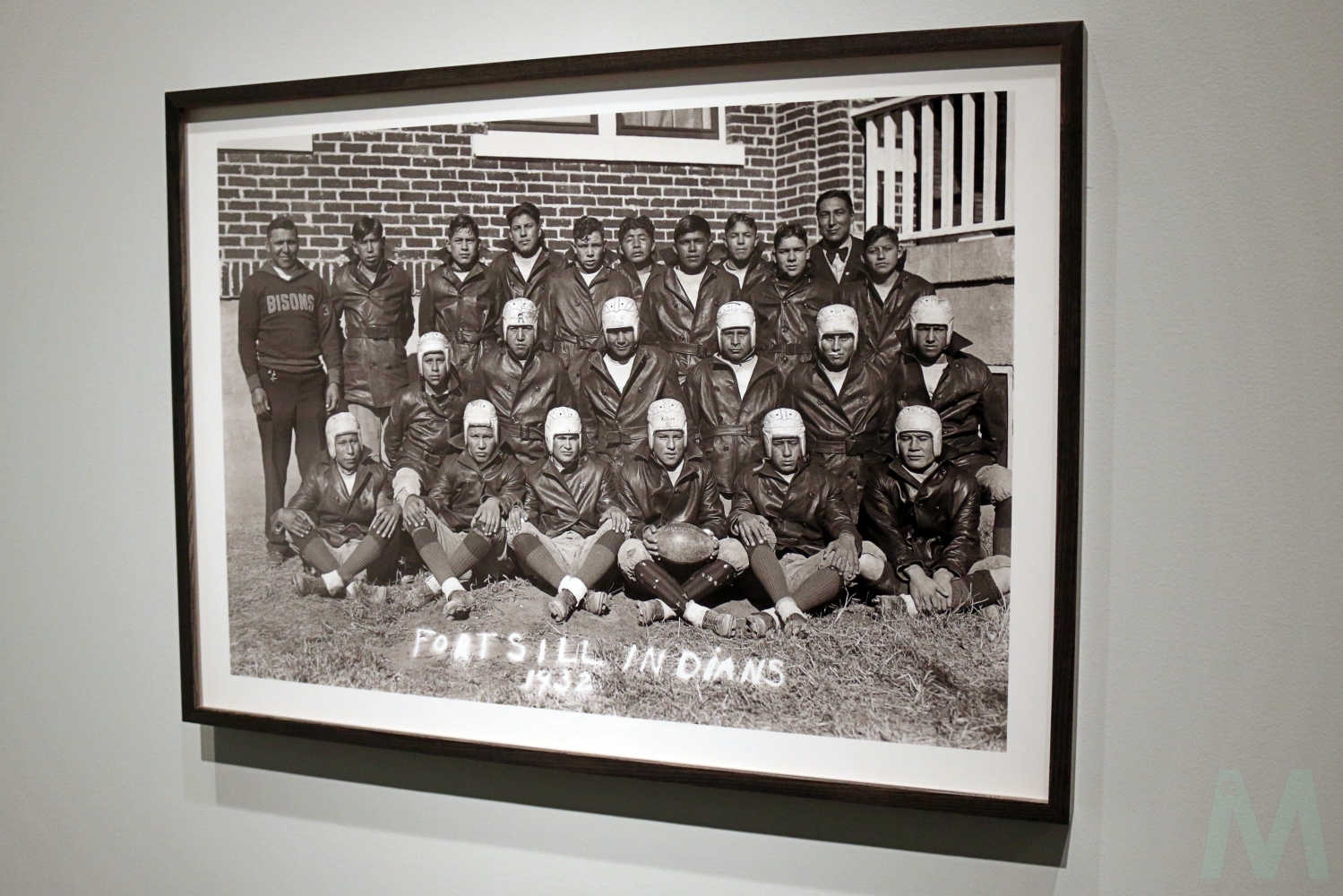
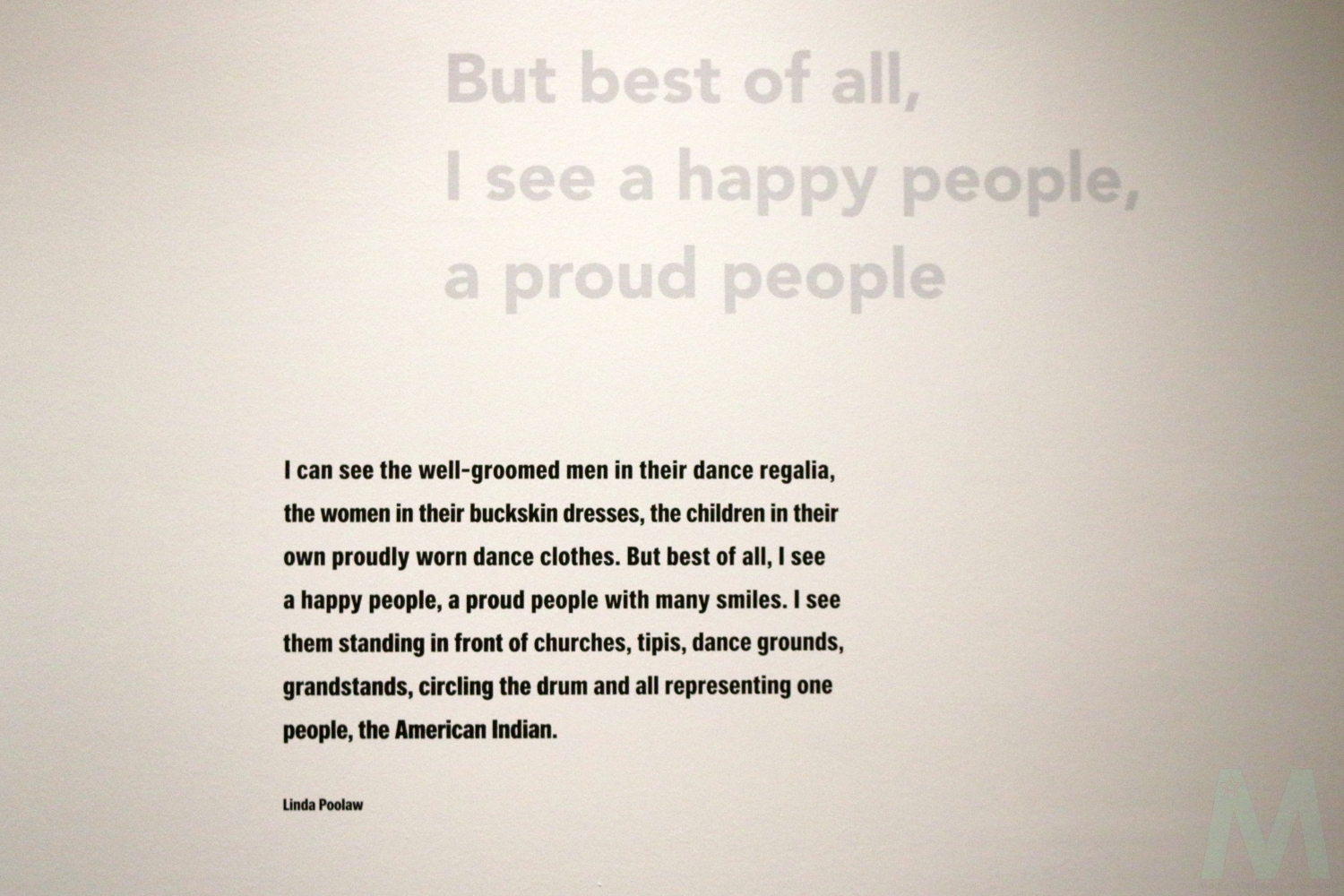
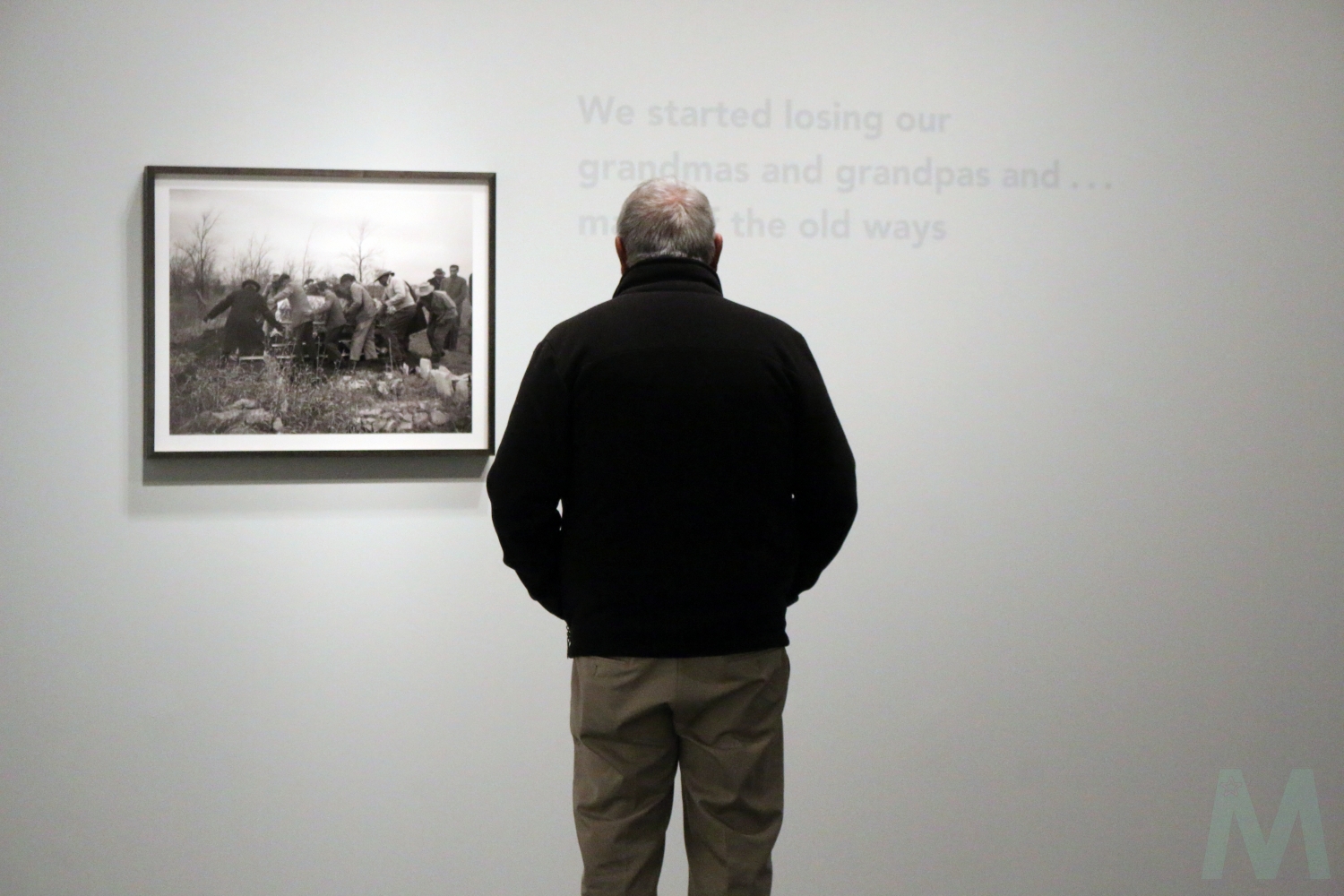
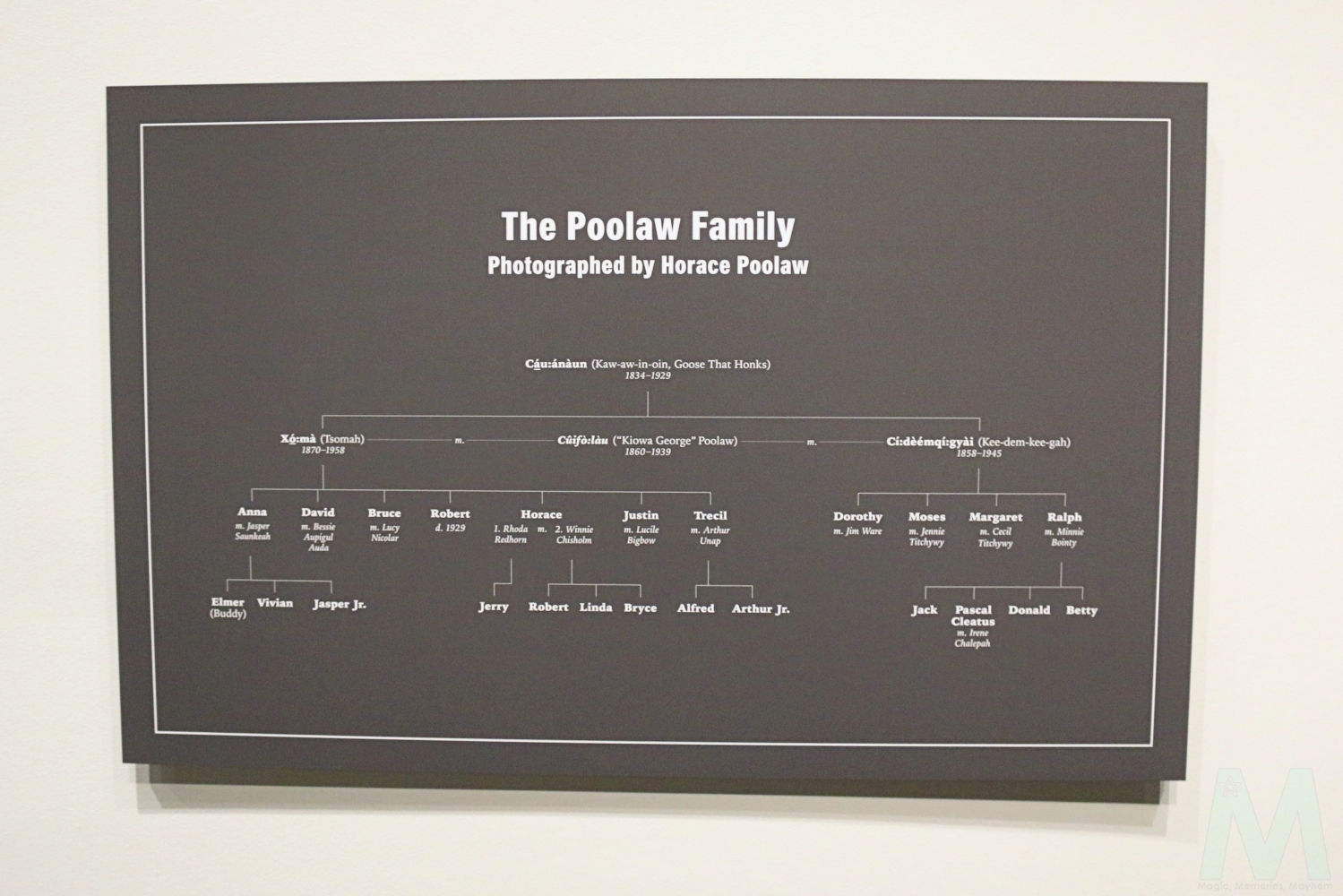
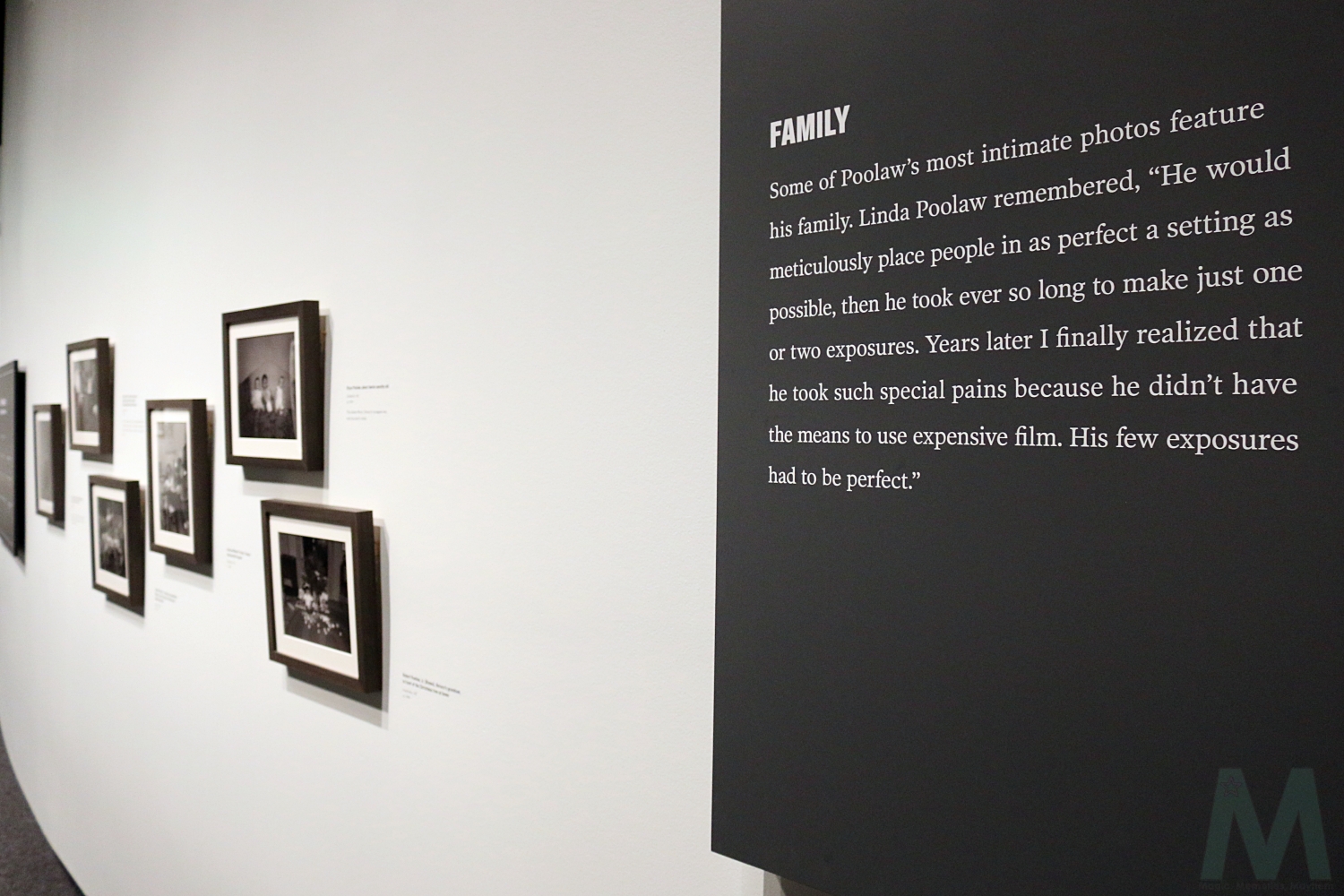
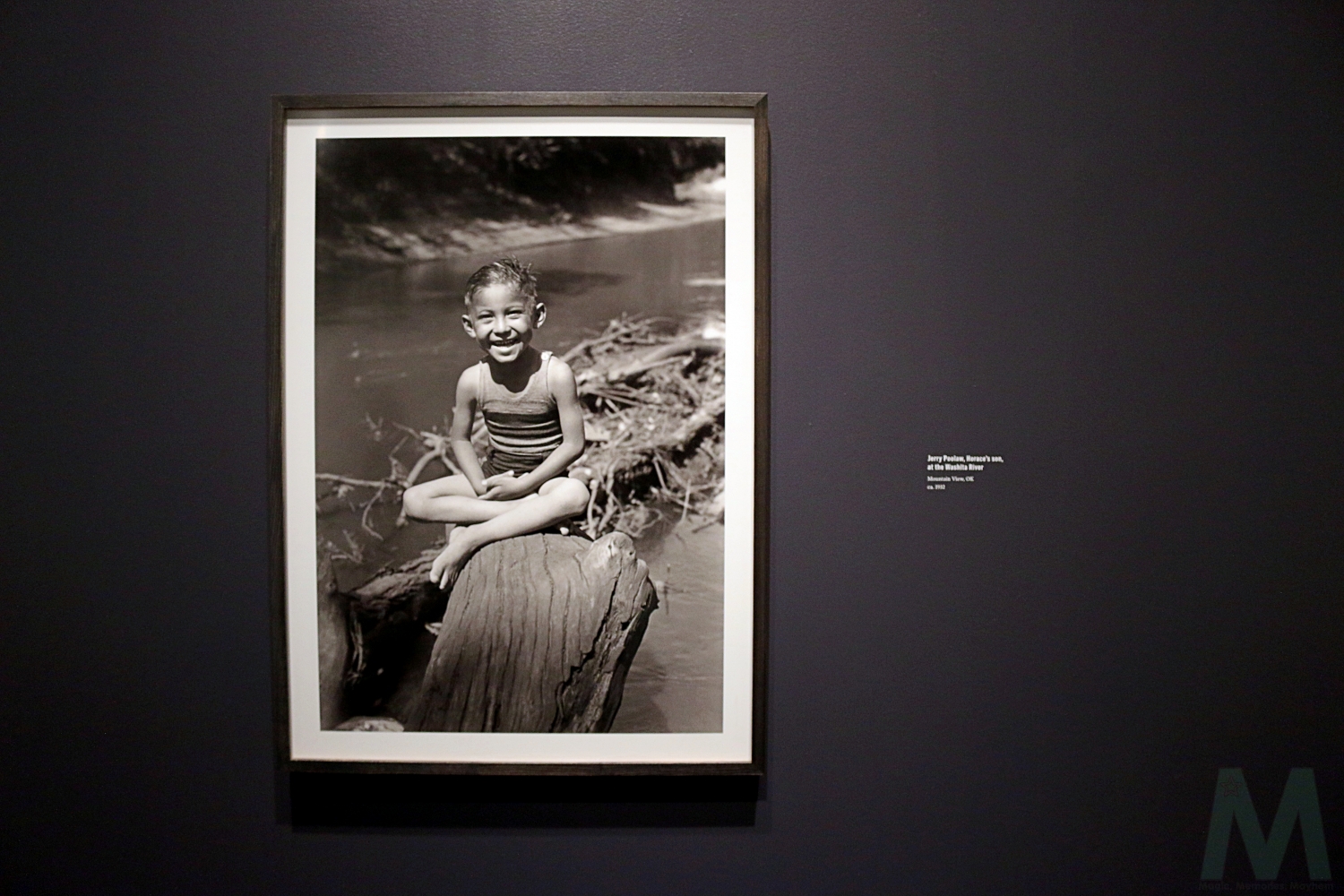
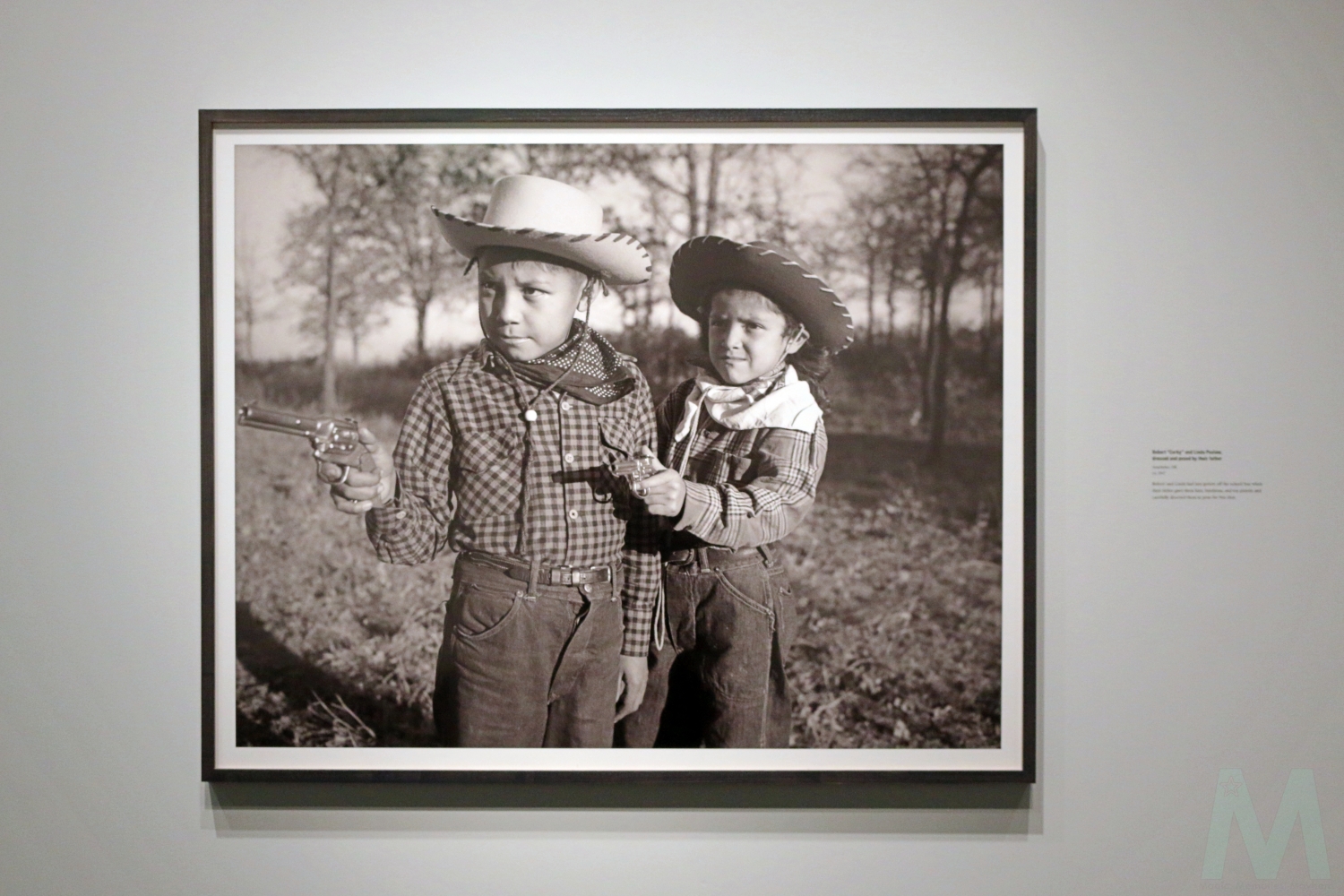

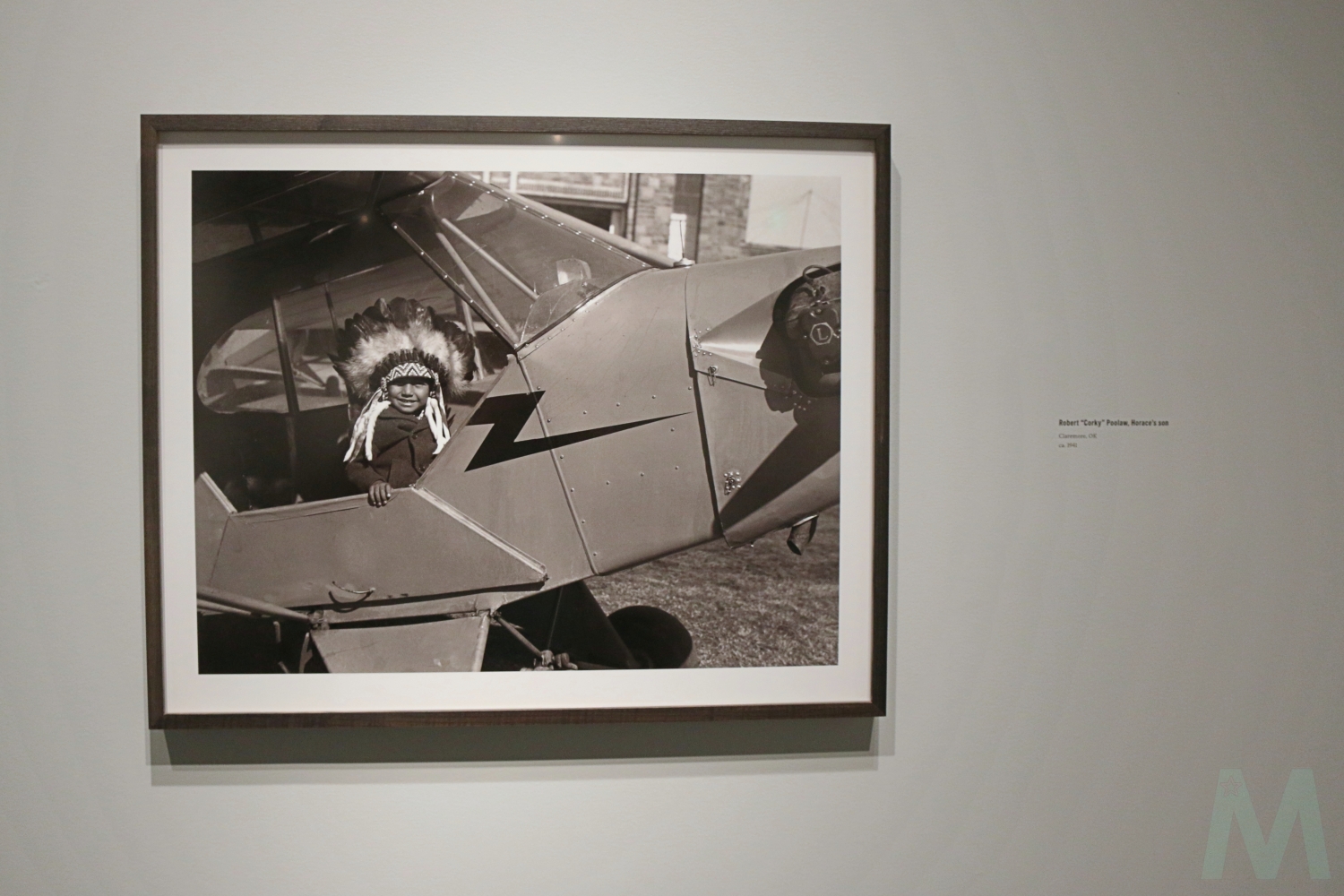
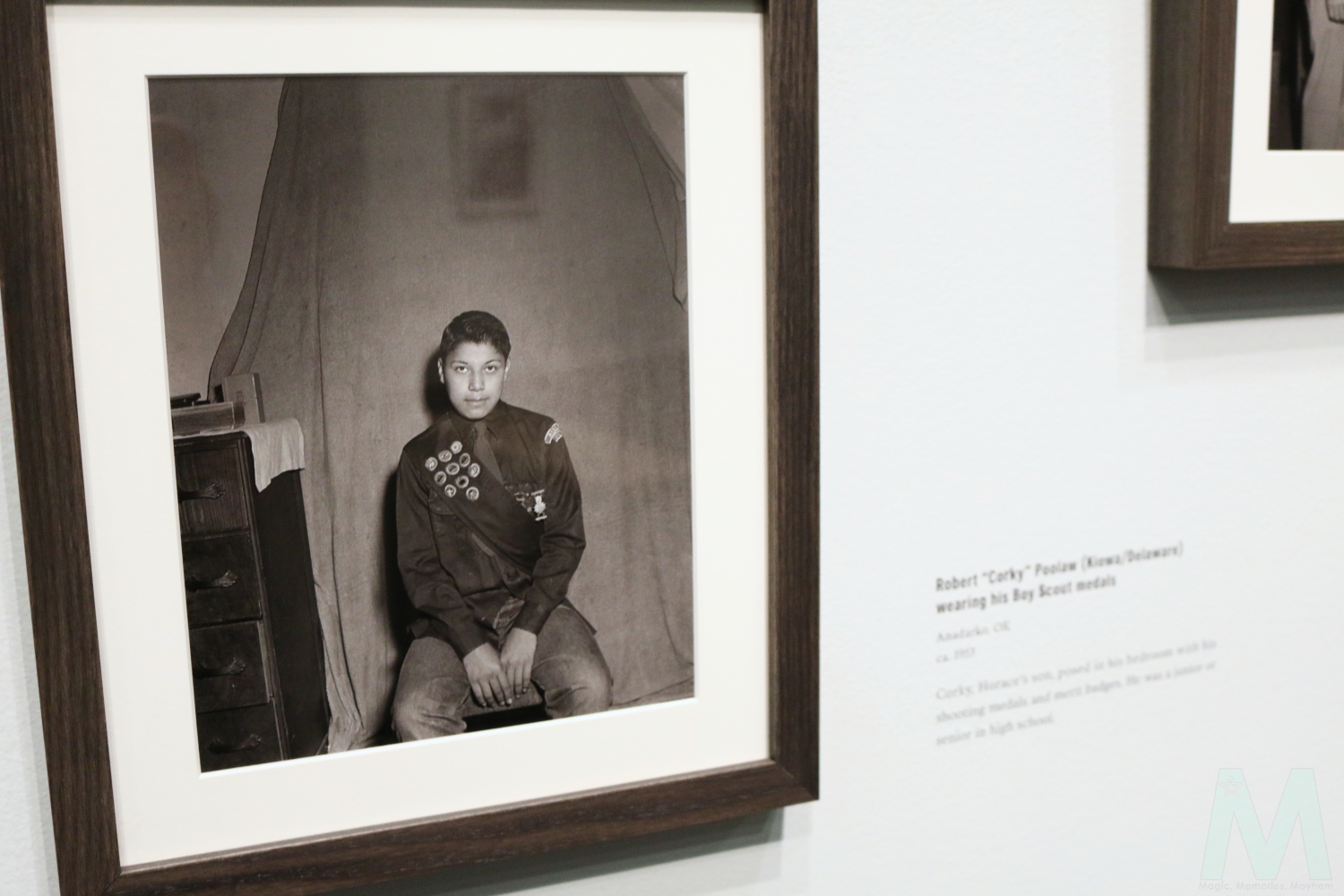
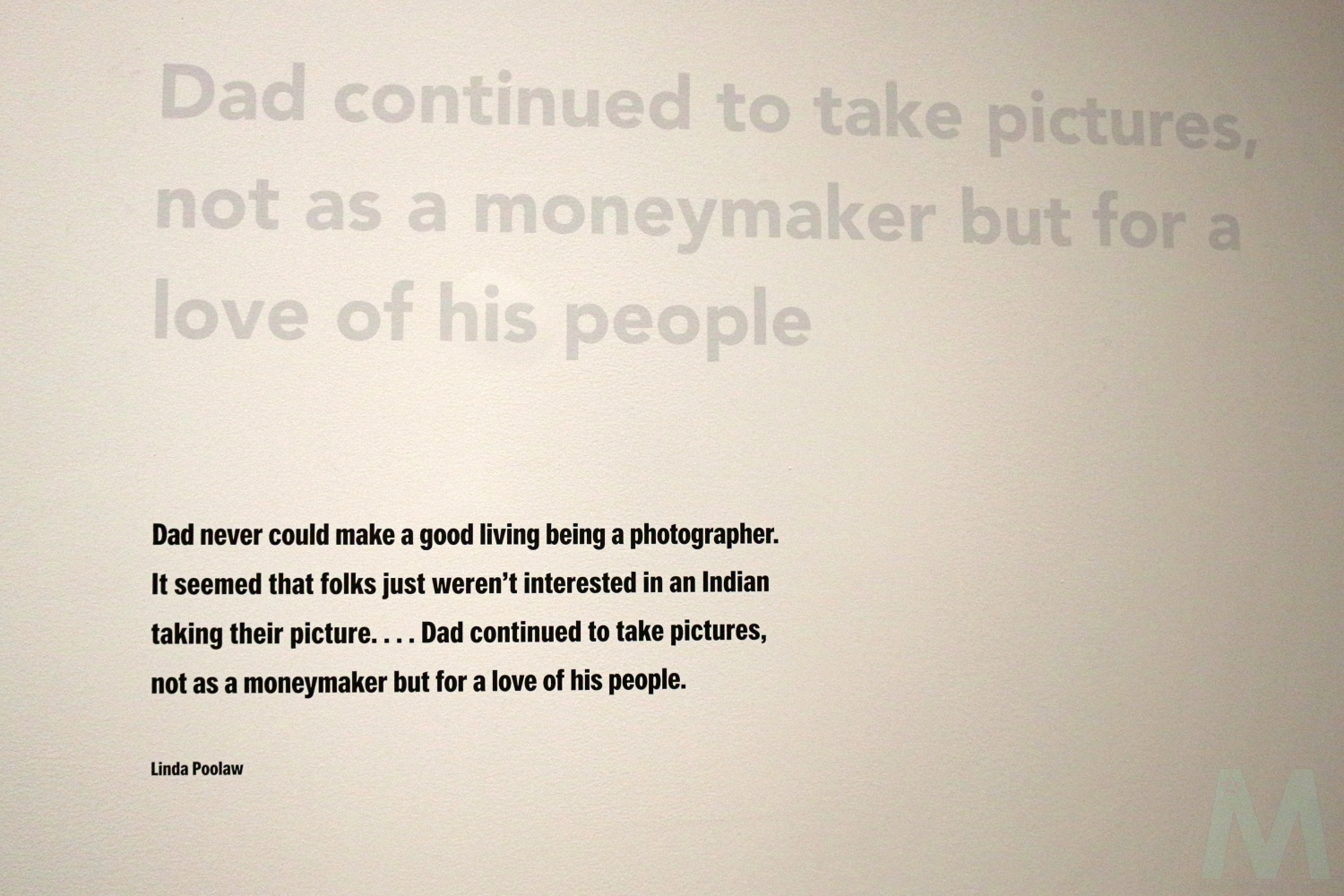
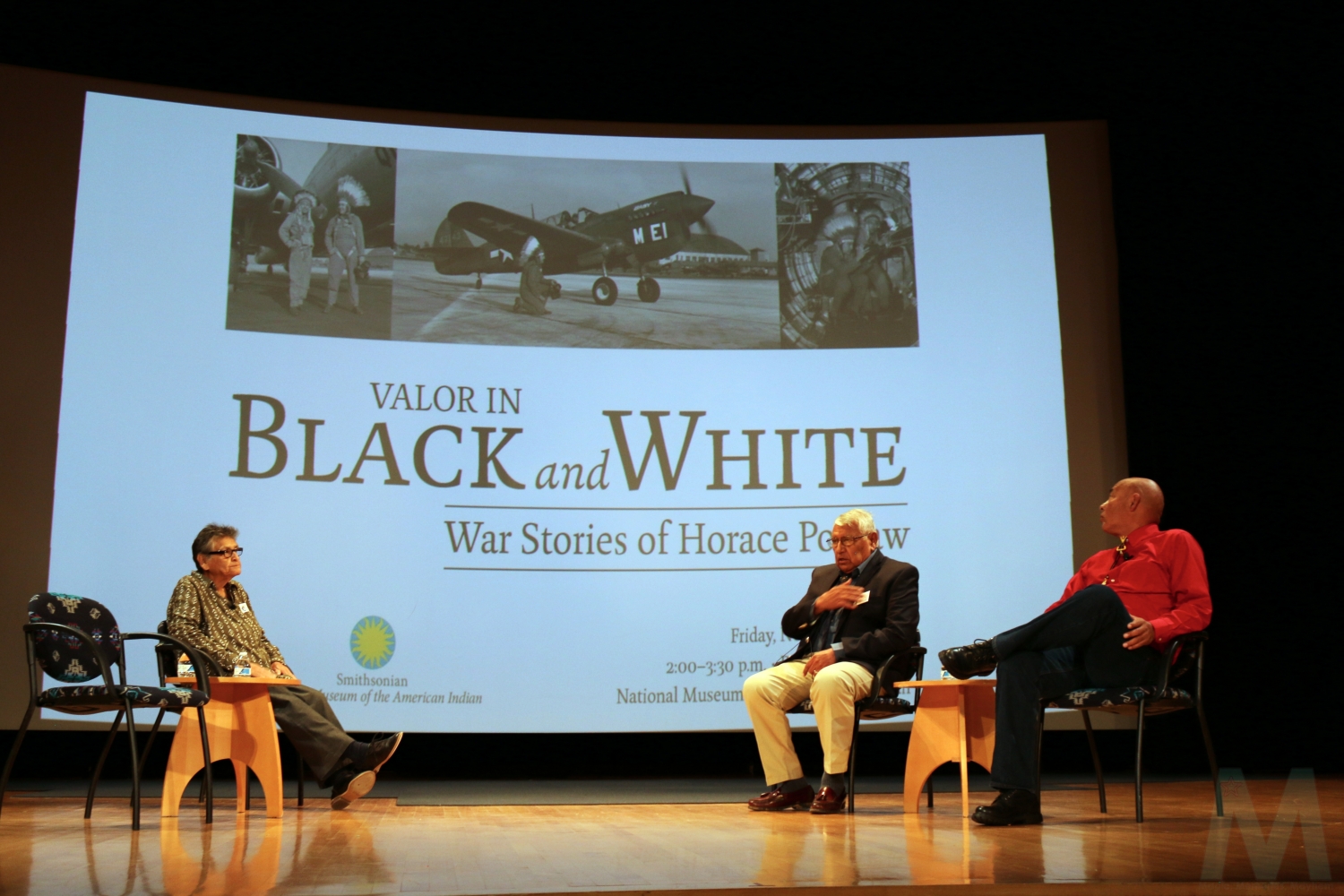
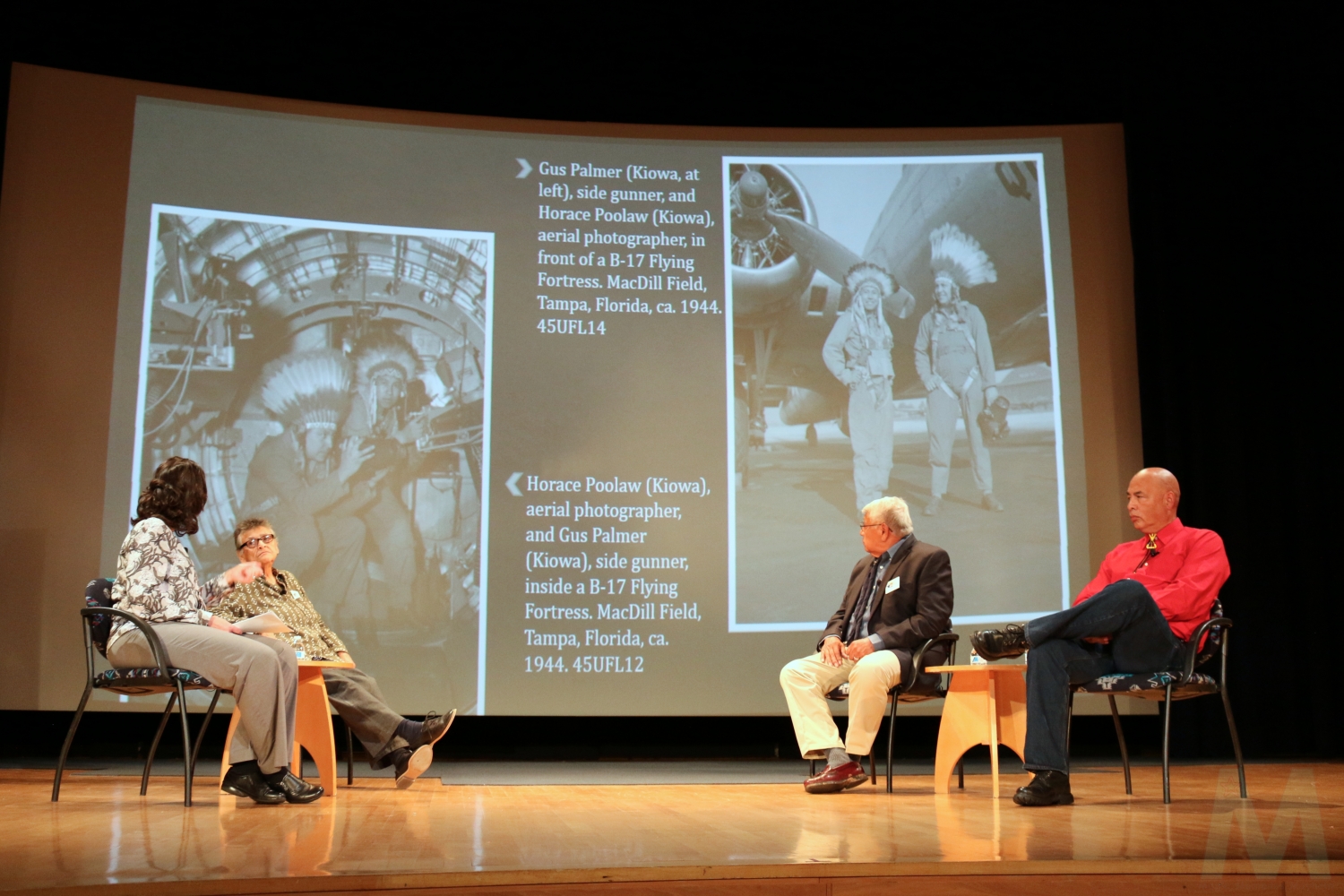
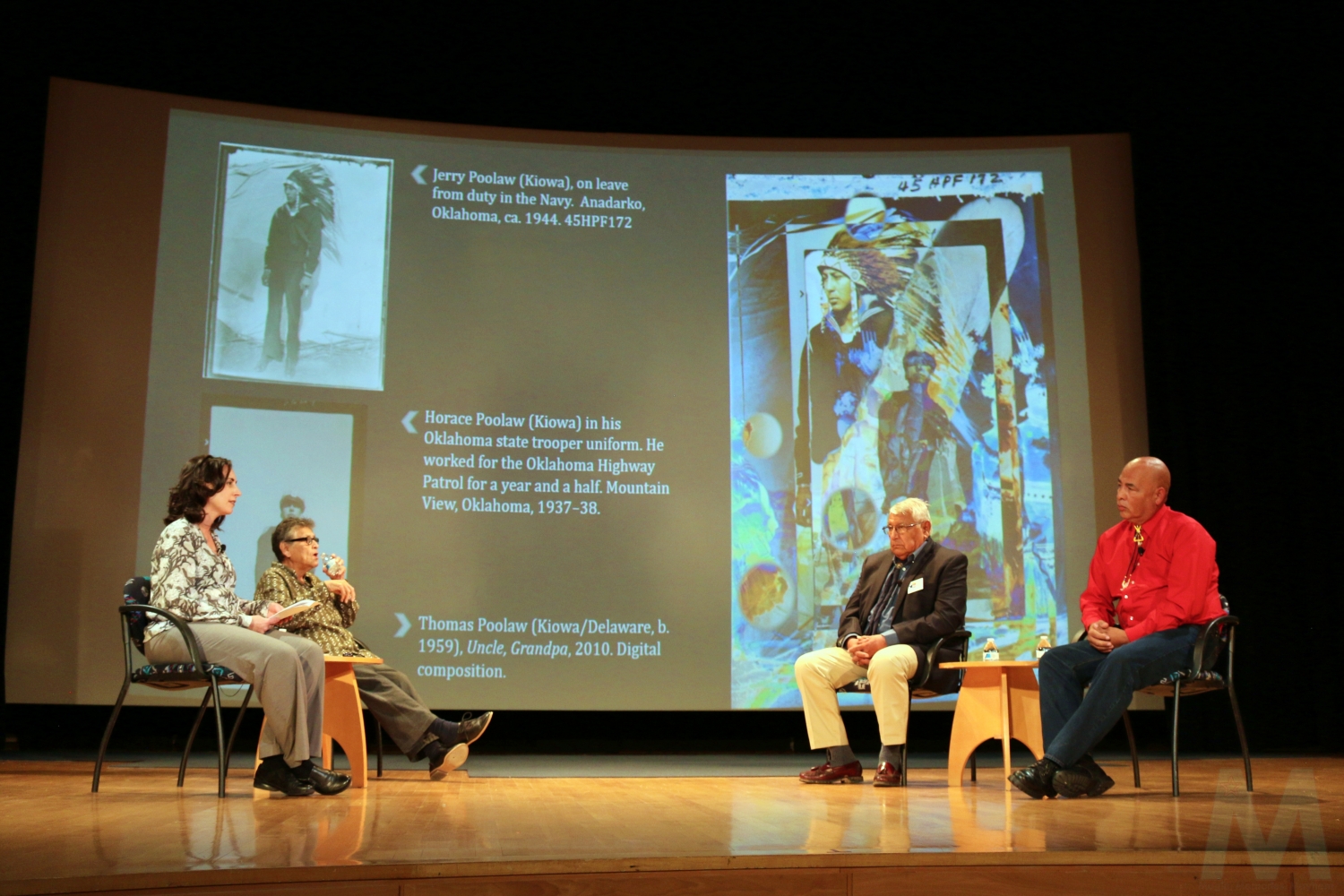
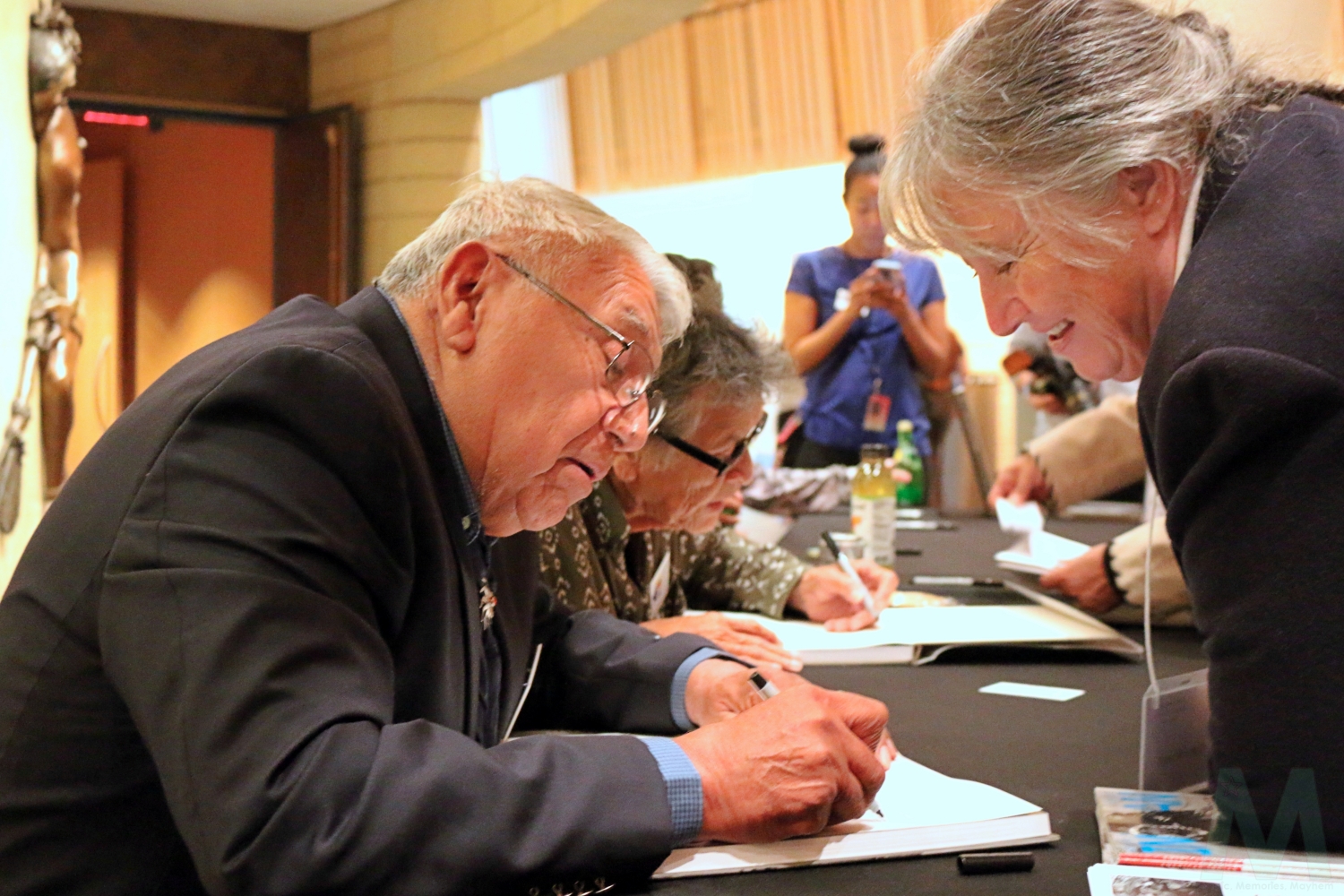

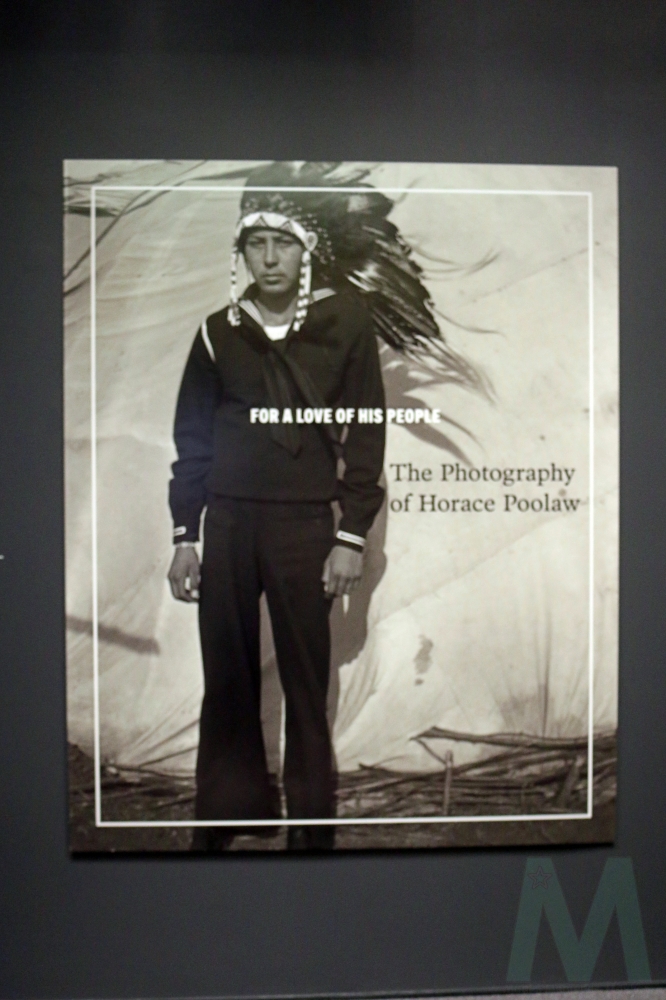
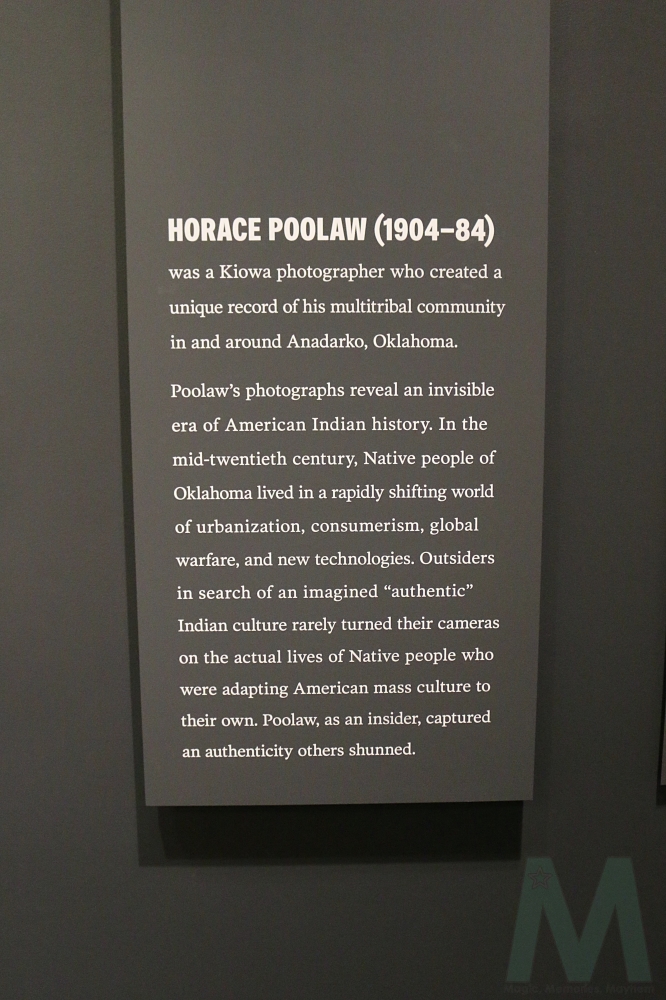
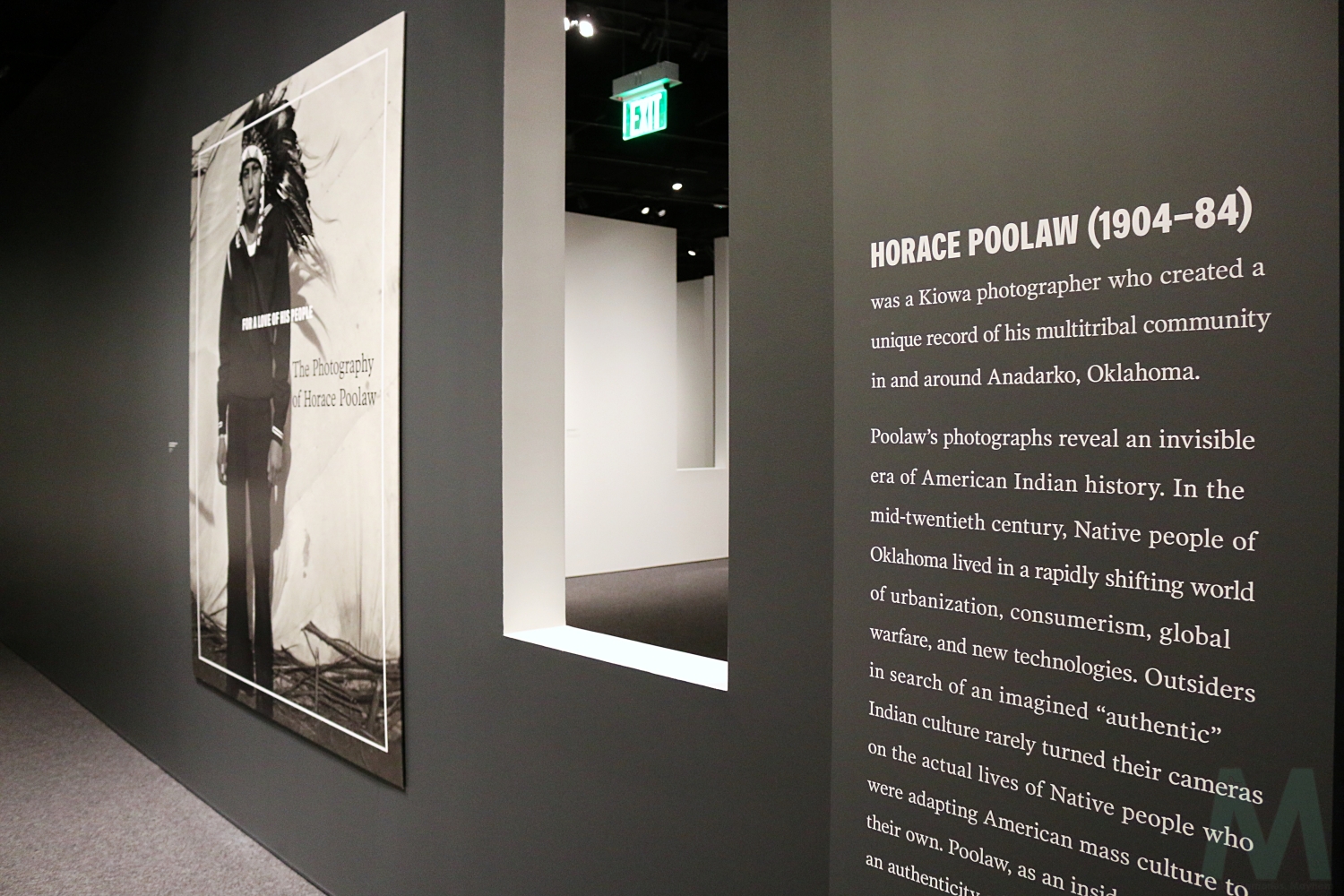

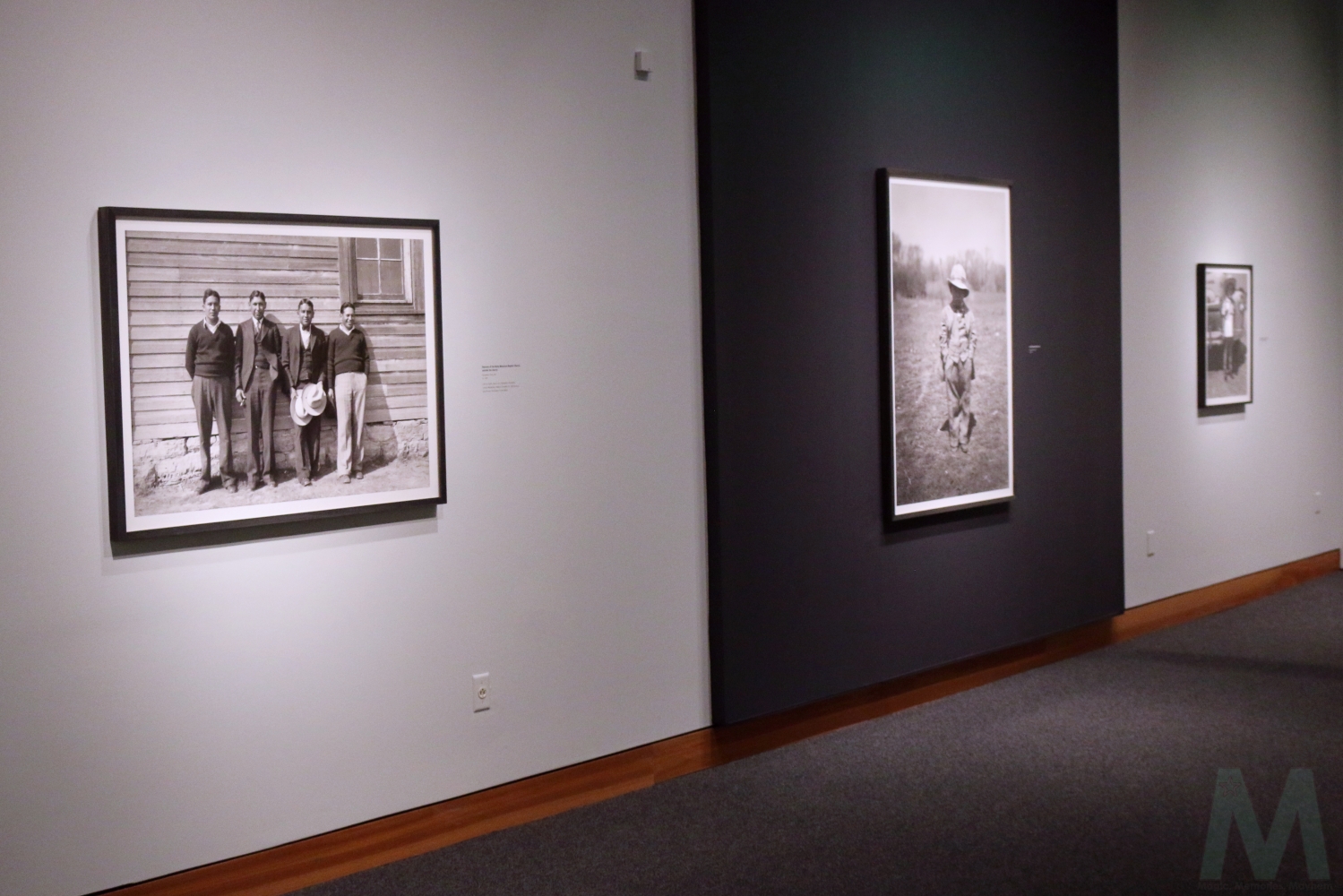
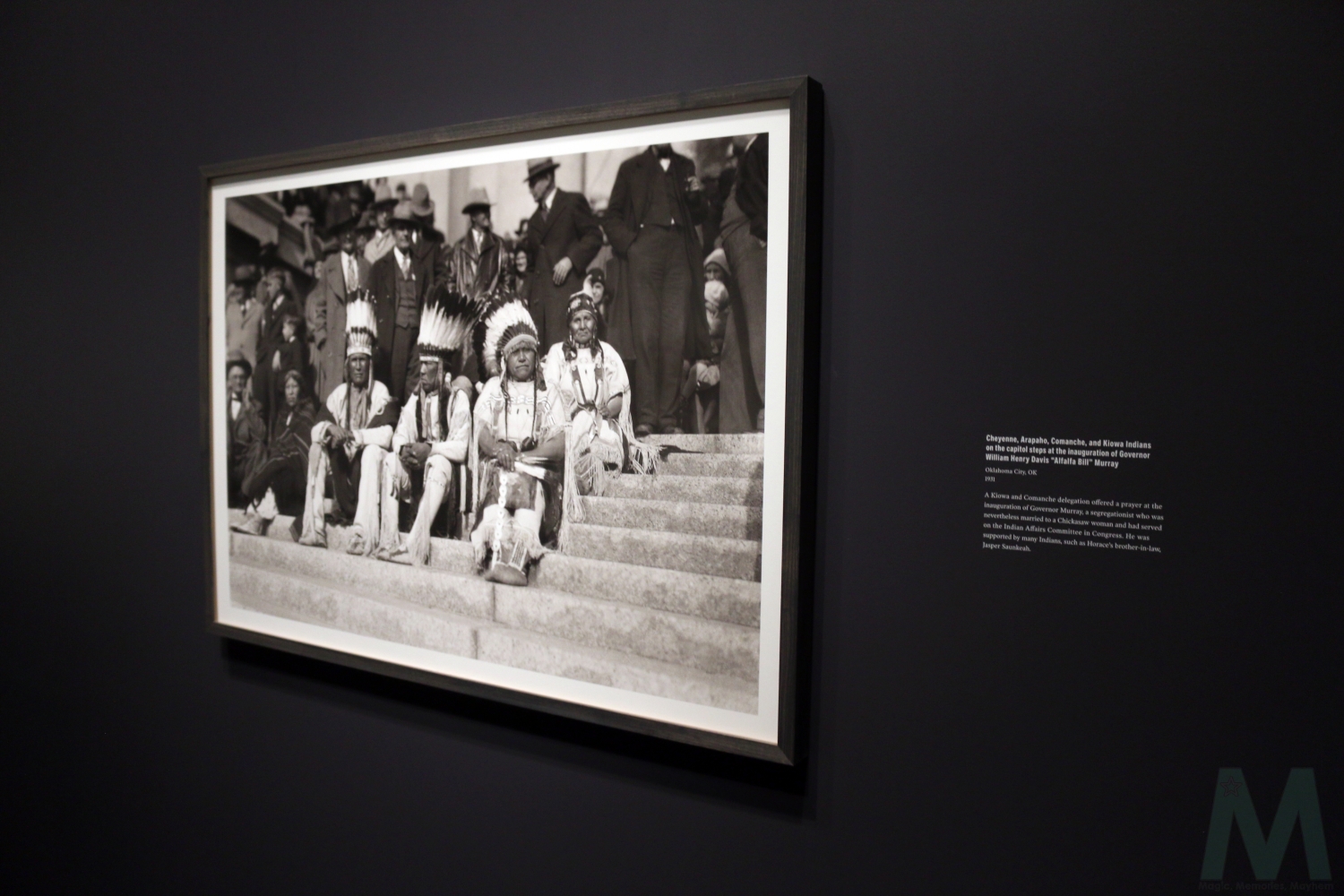


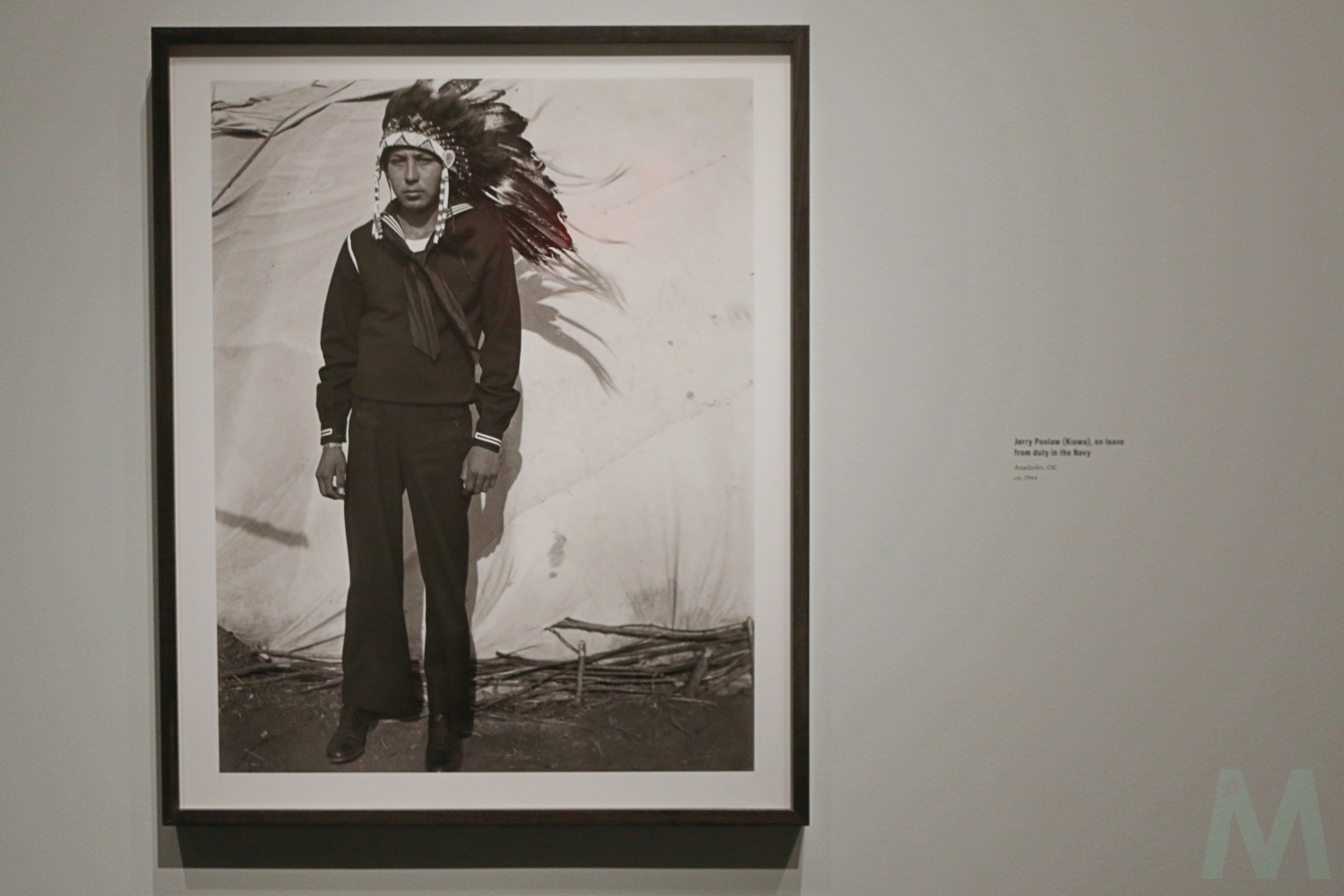
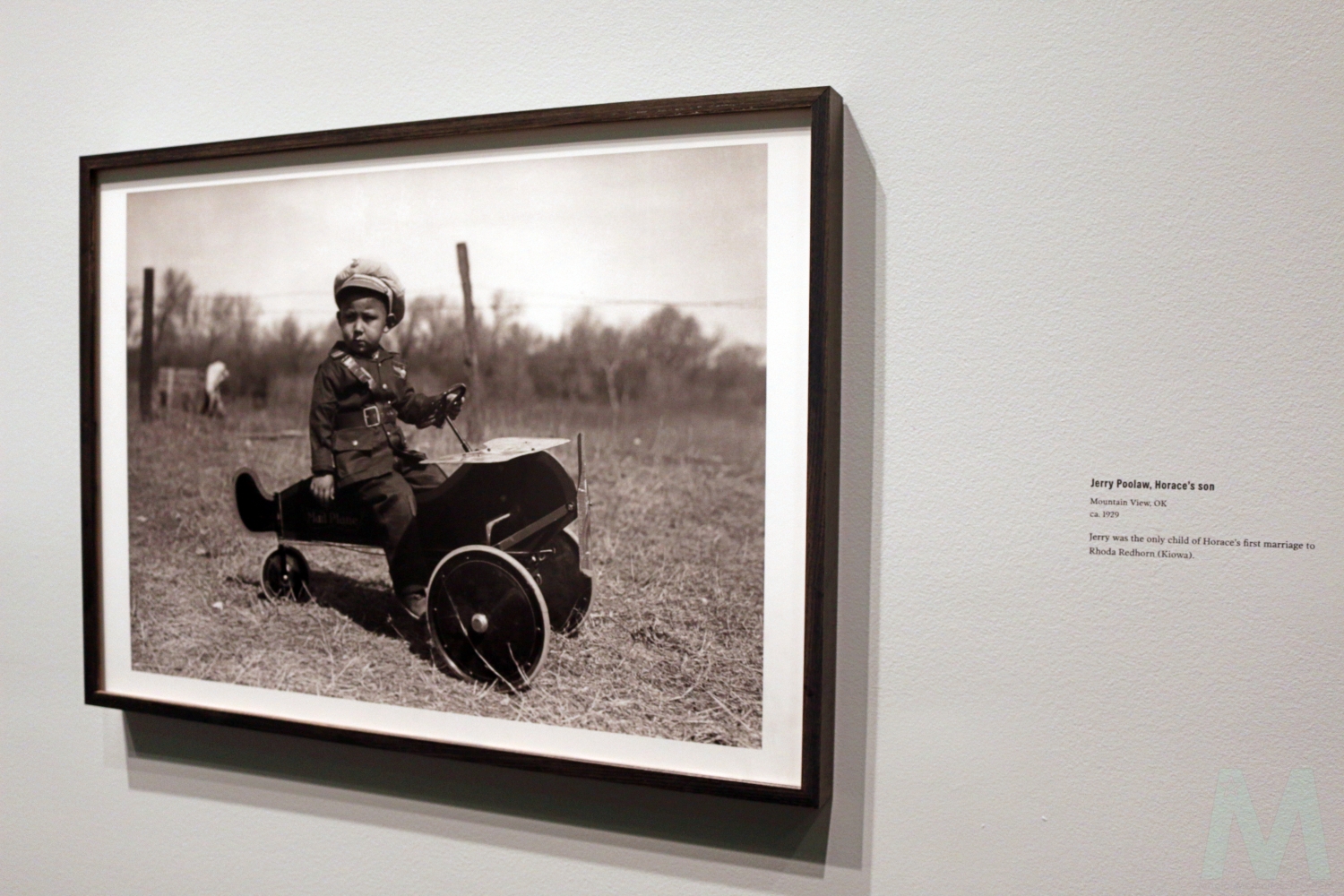
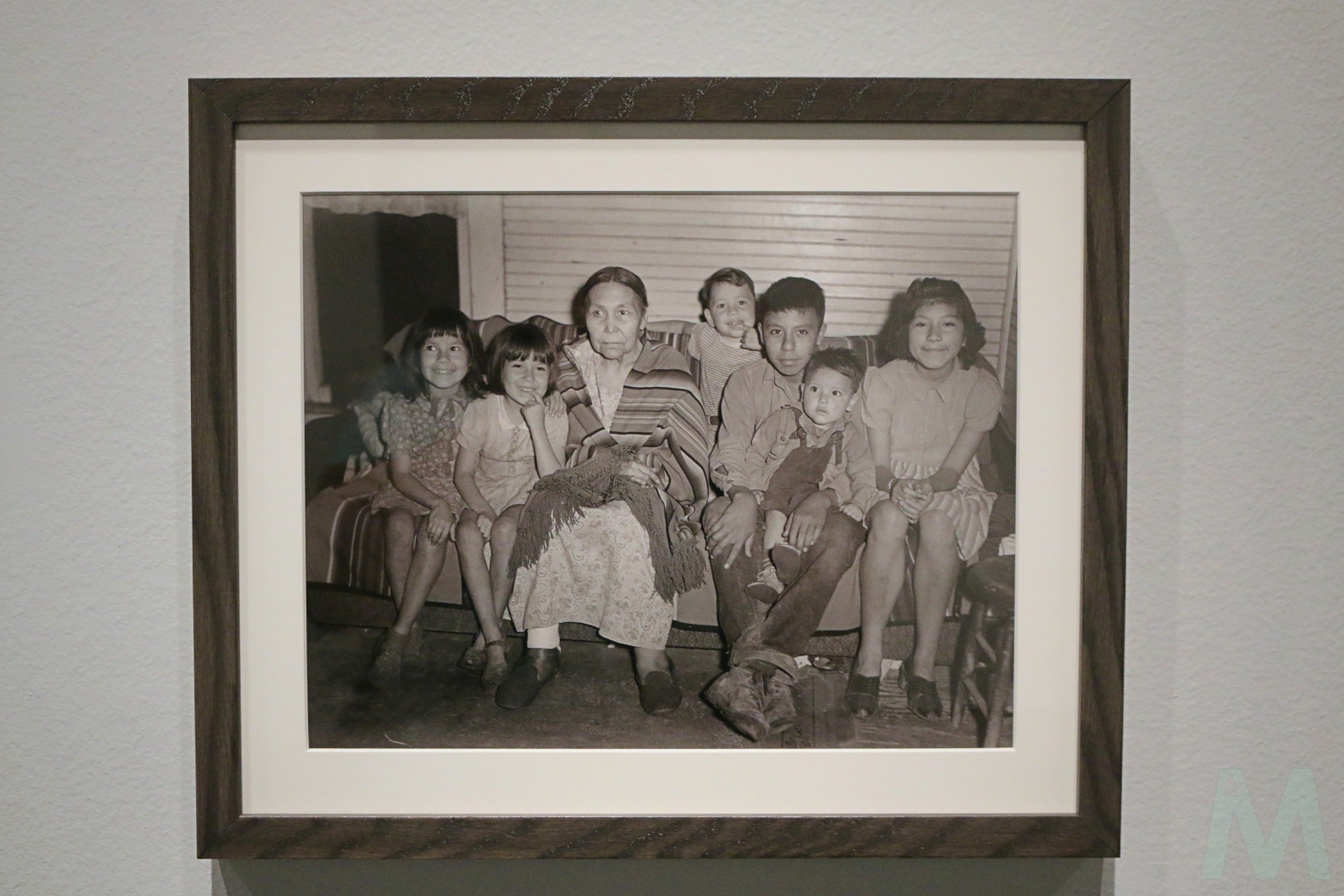
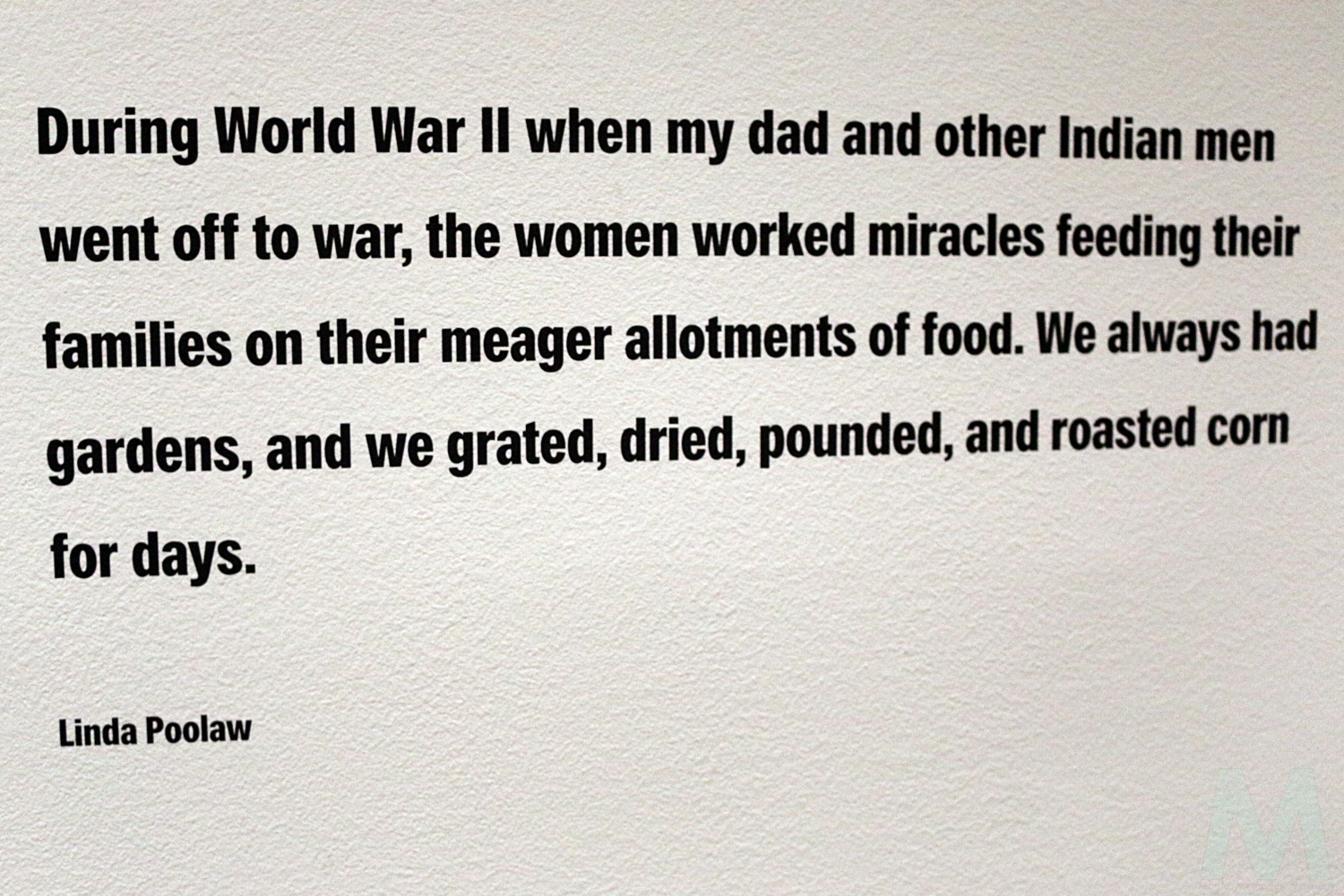
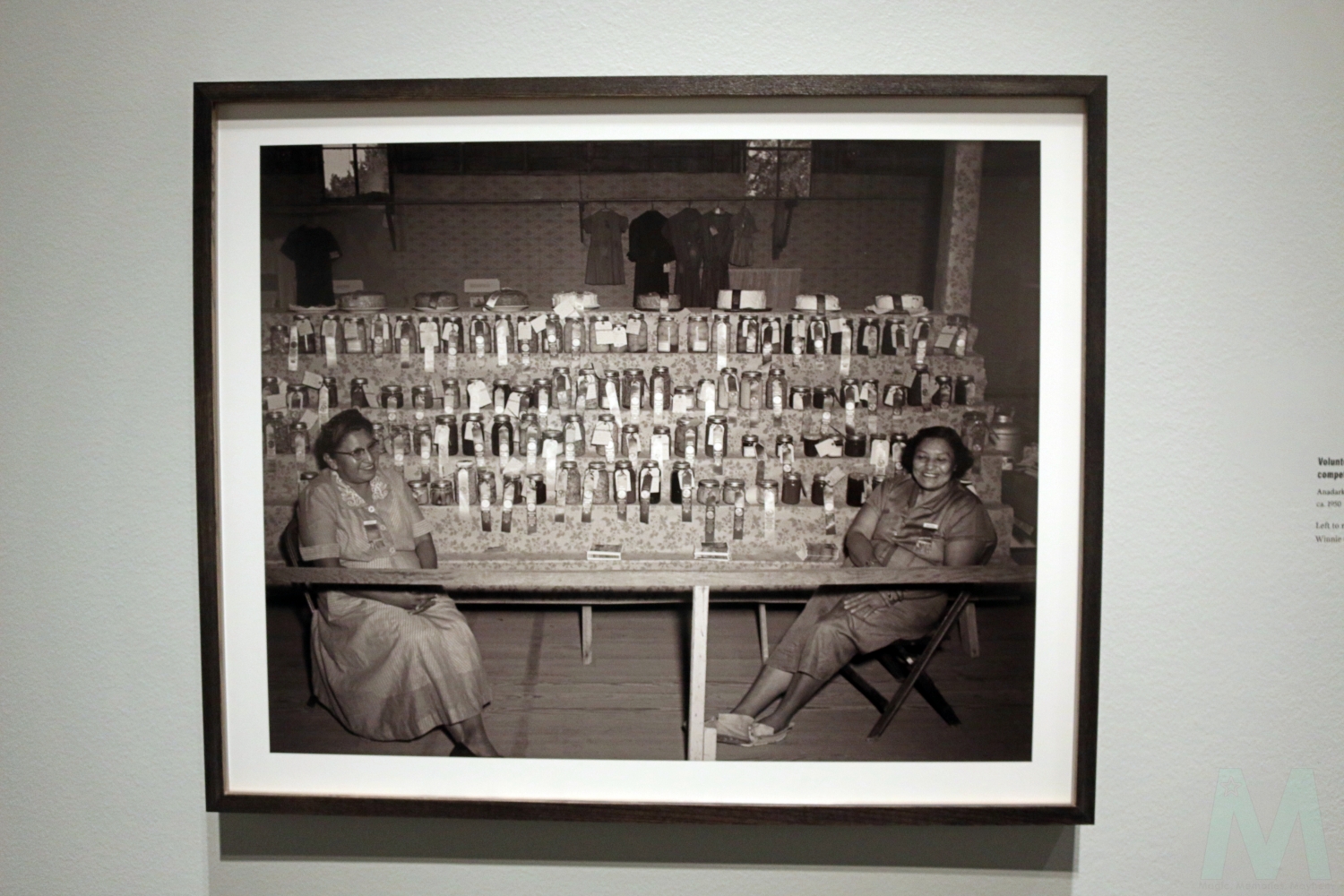
This is absolutely spectacular and quite moving! Thank you for sharing this with your readers!
Thank you, Denise! I’ve obviously been sitting on these pictures a while, but what better time than now to let them see the light of day? Hope you’re staying well during this time.